Tokyo: Your Ultimate Travel Guide to Japan’s Vibrant Capital
Tokyo: Your Ultimate Travel Guide to Japan’s Vibrant Capital
Tokyo, Japan’s bustling capital, is a mesmerizing blend of traditional culture and cutting-edge modernity. As one of the world’s most dynamic cities, Tokyo offers a wealth of experiences for every traveler. From the serene temples and historic shrines of Asakusa to the futuristic skyscrapers and neon-lit streets of Shibuya, the city captivates visitors with its diverse attractions. Food enthusiasts can indulge in world-class sushi, ramen, and other Japanese delicacies, while fashion lovers explore the trendy boutiques in Harajuku. With its efficient public transportation, beautiful parks, and vibrant neighborhoods, Tokyo promises an unforgettable adventure. Discover why Tokyo is a must-visit destination for anyone seeking the perfect blend of history, innovation, and culture.
In a Rush? Pin it to Read Later!


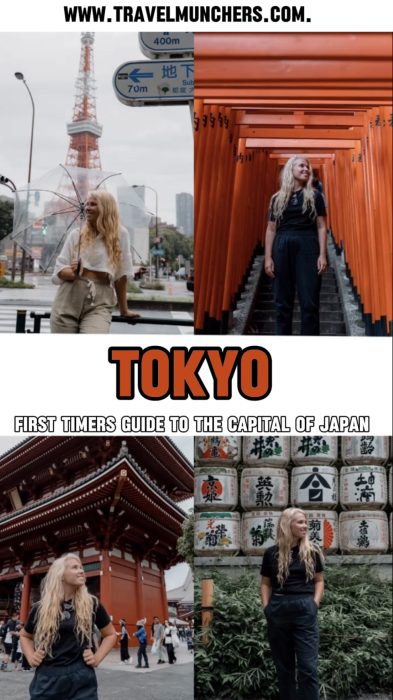
Copyright Notice: All material on this travel blog site is the sole property of Travel Munchers. This includes blog posts, pages, design and all photos (whether watermarked or not). Any use of materials from this site without express written consent will be considered copyright infringement.
Disclaimer: Some items contain affiliate links and I will get a small commission at no additional cost to you. I really appreciate your support if you like my recommendations!
Quick Guide
Currency: Japanese Yen
Primary Language: In Tokyo, the primary language spoken is Japanese. However, due to its status as a major global city and tourist destination, English is also widely understood and spoken, particularly in hotels, restaurants, and tourist attractions. Many signs and information boards in public areas, including train stations and airports, are available in multiple languages to assist international visitors.
Important Phrases:
When visiting Tokyo or other parts of Japan, knowing some basic Japanese phrases can greatly enhance your experience and interactions with locals. Here are some important phrases for tourists:
- Hello/Good day: こんにちは (Konnichiwa)
- Good morning: おはようございます (Ohayou gozaimasu)
- Good evening: こんばんは (Konbanwa)
- Goodbye: さようなら (Sayonara)
- Thank you: ありがとうございます (Arigatou gozaimasu)
- Excuse me/I’m sorry: すみません (Sumimasen)
- Yes: はい (Hai)
- No: いいえ (Iie)
- Please: お願いします (Onegaishimasu)
- Do you speak English?: 英語を話せますか? (Eigo o hanasemasu ka?)
- How much does this cost?: これはいくらですか? (Kore wa ikura desu ka?)
- Where is the bathroom?: トイレはどこですか? (Toire wa doko desu ka?)
- Help!: 助けて! (Tasukete!)
- I don’t understand: 分かりません (Wakarimasen)
- Can you help me?: 手伝ってくれますか? (Tetsudatte kuremasu ka?)
- Check, please: お会計お願いします (O-kaikei onegaishimasu)
When to Visit
The best time to visit Tokyo depends on your preferences for weather, activities, and crowd levels. Here’s a breakdown of the different seasons:
Spring (March to May)
- Cherry Blossoms: Late March to early April is the cherry blossom (sakura) season, a highlight for many visitors. Parks like Ueno and Shinjuku Gyoen become popular spots for hanami (flower viewing).
- Weather: Mild temperatures, usually ranging from 10°C to 20°C (50°F to 68°F).
- Crowds: Moderate, but can be busy during cherry blossom season.
Summer (June to August)
- Festivals: Summer is festival season in Japan, with events like the Sumida River Fireworks Festival and various matsuri (traditional festivals).
- Weather: Hot and humid, with temperatures often exceeding 30°C (86°F). June is also the rainy season.
- Crowds: High, especially during school vacations in July and August.
Autumn (September to November)
- Fall Foliage: Late November offers beautiful autumn colors in parks and gardens.
- Weather: Pleasant temperatures ranging from 15°C to 25°C (59°F to 77°F).
- Crowds: Moderate, with fewer tourists than in spring and summer.
Winter (December to February)
- Winter Illuminations: Tokyo lights up with spectacular winter illumination displays, particularly in areas like Roppongi and Shibuya.
- Weather: Cold but generally dry, with temperatures ranging from 0°C to 10°C (32°F to 50°F). Snow is rare.
- Crowds: Low, except during the New Year holiday period.
Conclusion
- Best Time Overall: Spring (March to May) and Autumn (September to November) are generally considered the best times to visit Tokyo due to mild weather and beautiful natural scenery.
- Special Interests: Visit in late March to early April for cherry blossoms, in July and August for festivals, or in late November for autumn foliage.
Transportation
Tokyo boasts one of the world’s most efficient and comprehensive public transportation systems, making it easy for visitors to navigate the city. Here’s an overview of the main modes of transportation in Tokyo:
1. Tokyo Metro and Toei Subway
- Network: Tokyo’s subway system consists of two main networks: Tokyo Metro and Toei Subway, with a combined total of 13 lines that cover the city extensively.
- Tickets: You can buy single-ride tickets, day passes, or use IC cards like Suica and Pasmo for convenient, cashless travel.
2. JR East Trains
- Yamanote Line: This circular line connects major city centers such as Shinjuku, Shibuya, Ikebukuro, and Tokyo Station, making it essential for tourists.
- Other Lines: JR East operates several other lines, including the Chuo Line, Sobu Line, and Keihin-Tohoku Line, which provide broader connectivity across Tokyo and neighboring regions.
- Japan Rail Pass: If you plan to travel extensively by JR trains, consider purchasing a Japan Rail Pass, which can be cost-effective for tourists.
3. Private Railways
- Keio, Odakyu, Tobu, Seibu, and Keikyu: These private railways connect Tokyo with suburban areas and nearby prefectures, offering additional travel options for destinations outside central Tokyo.
4. Buses
- Local Buses: Tokyo has an extensive bus network operated by Toei and other private companies. Buses can be useful for reaching destinations not serviced by trains or subways.
- Tourist Buses: Sightseeing buses like the Sky Bus Tokyo offer convenient routes covering major attractions.
5. Taxis
- Availability: Taxis are widely available and can be hailed on the street, at taxi stands, or booked via apps. They are a convenient option for short distances, especially late at night when trains and buses may not be running.
- Cost: Taxis are relatively expensive compared to public transportation, but they offer door-to-door service and are useful for groups or travelers with heavy luggage.
6. Bicycles
- Bike Rentals: Renting a bicycle is a great way to explore Tokyo’s neighborhoods. Various rental shops and bike-sharing services like Docomo Bike Share are available throughout the city.
- Cycling Paths: Tokyo has some dedicated cycling paths, especially along rivers and parks, making it a pleasant way to sightsee.
7. Walking
- Pedestrian-Friendly: Tokyo is a pedestrian-friendly city with well-maintained sidewalks and numerous crosswalks. Many attractions are within walking distance of each other, particularly in central districts like Shibuya, Shinjuku, and Asakusa.
8. Airport Transfers
- Narita Express (N’EX): Direct trains from Narita Airport to major Tokyo stations.
- Keisei Skyliner: Fast service from Narita Airport to Ueno and Nippori stations.
- Tokyo Monorail: Connects Haneda Airport to Hamamatsucho Station, with transfers to JR lines.
- Limousine Buses: Convenient door-to-door service between airports and major hotels.
Tips for Using Tokyo’s Transportation
- IC Cards: Purchase a Suica or Pasmo card for seamless travel across trains, subways, and buses. If you plan to travel outside of the capital, this is probably the best option for you.
- Google Maps: Use Google Maps or other navigation apps to plan routes and check schedules. Small warning, some people say using Google maps is not the most friendly and while we may have had an issue once or twice, overall it worked very well for us.
- Language: Most signs and announcements in trains and subways are in both Japanese and English, making it easier for non-Japanese speakers to navigate.
With these options, getting around Tokyo is convenient, efficient, and a great way to experience the city’s vibrant atmosphere.
Accommodation
Hotels & Apartments:
If you want the chance to look for a wide variety of accommodations, in a full price range, here is you best search options:
Hostels:
If you are more interested in parties, nightlife and having automatic meet ups then maybe a hostel is for you! Check out the options here.
Where to Eat
Hat Art Coffee
This unique cafe offers a cozy and inviting atmosphere where the aroma of freshly brewed coffee mingles with the creative energy of local artwork displayed on its walls. Located in the trendy district of Shibuya, Hat Art Coffee Cafe is a haven for those seeking a tranquil escape from the city’s fast pace.
They do incredible 2-D and 3-D artwork where you can customized your coffee. You can bring in photos of your pets, request anime or Pokemon characters or go for one of their standard animals such as a pig, cat or panda.
Each cup is a work of art, brewed to perfection by skilled baristas who are passionate about their craft. In addition to their exceptional coffee, Hat Art Coffee Cafe also offers a selection of delicious pastries and light bites, making it an ideal spot for a leisurely breakfast or a mid-afternoon snack.

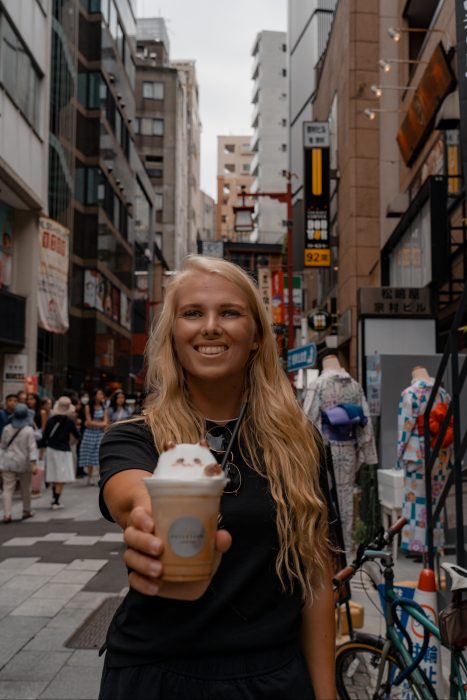
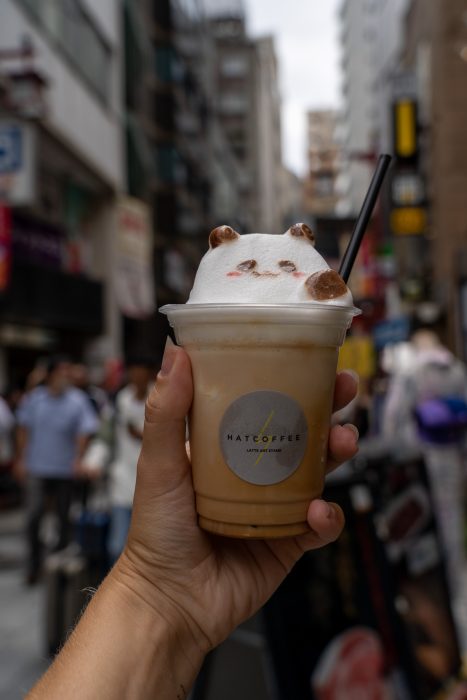
A Happy Pancake
A Happy Pancake, known as “Shiawase no Pancake” in Japanese, is a must-visit destination in Tokyo for anyone with a sweet tooth. Located in the bustling district of Shibuya, this pancake paradise has garnered a reputation for serving some of the fluffiest and most delicious pancakes in the city.
The secret to their extraordinary pancakes lies in the use of premium ingredients, including carefully selected eggs, high-quality flour, and fresh cream, combined with a meticulous cooking process that ensures each pancake is light, airy, and irresistibly soft.
At A Happy Pancake, the menu features a delightful array of pancake options, each served with a unique twist. From the classic butter and syrup combination to more adventurous flavors like rich chocolate, fresh berries, and even savory options, there’s something to satisfy every palate.
One of their signature dishes is the “Happy Pancake” itself, topped with homemade whipped butter and a drizzle of Manuka honey, offering a perfect balance of sweetness and texture.
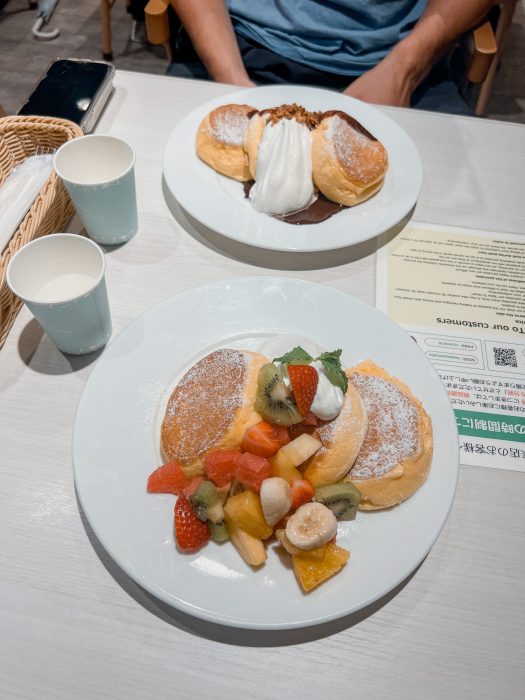
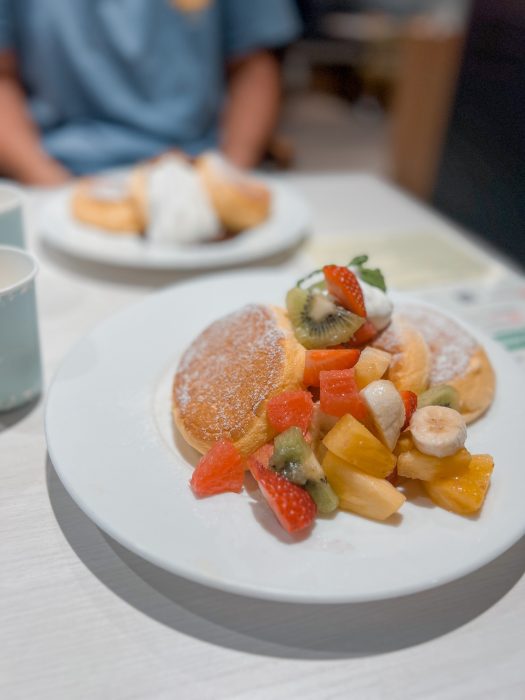
Suehiro Sushi
Located in the heart of Tokyo, Suehiro Sushi is a renowned destination for sushi enthusiasts seeking an authentic and exquisite dining experience. It prides itself on preserving the time-honored techniques of sushi preparation, including the careful aging of fish and the precise seasoning of rice.
This dedication to tradition ensures that every bite is a testament to the skill and artistry of Japanese sushi-making.
Located near the historic Tsukiji Fish Market, Suehiro Sushi benefits from its proximity to one of the world’s largest and most famous seafood markets. This ensures that the fish and other ingredients used in their dishes are of the highest quality and freshness.
It was the best sushi by far in any place we visited.
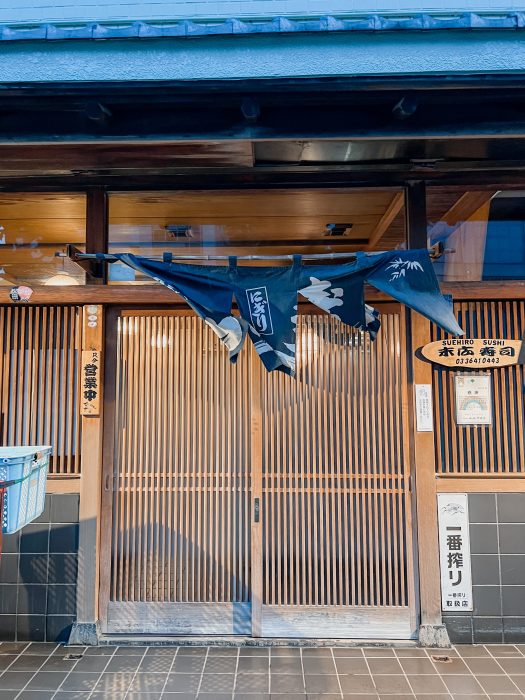
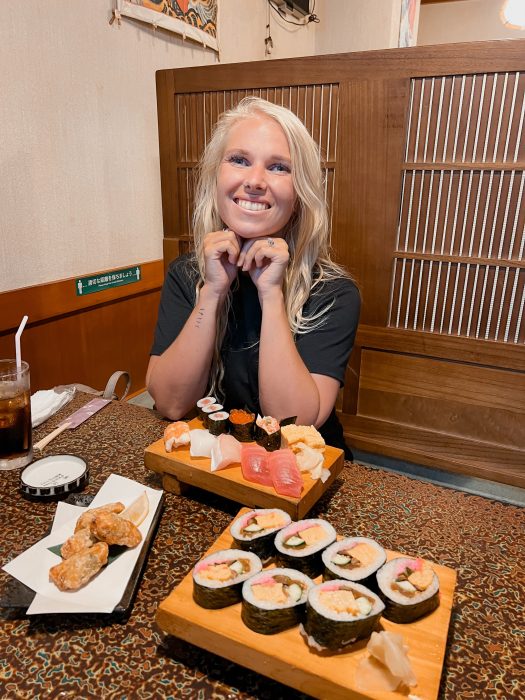
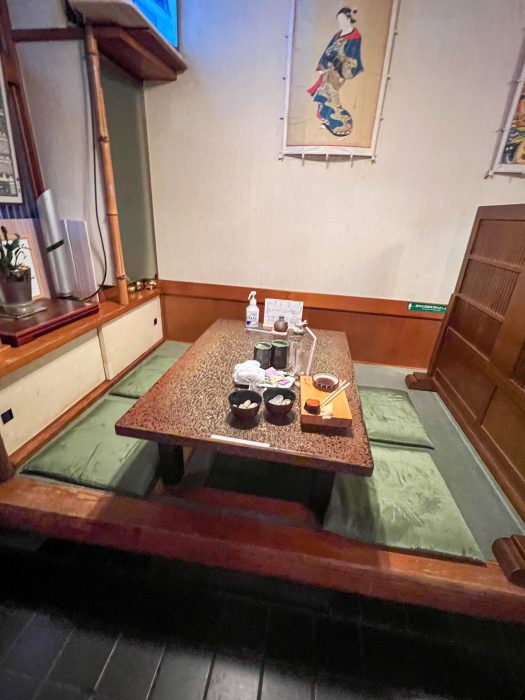
Ichiran Ramen
Ichiran Ramen is a celebrated destination in Tokyo for ramen lovers seeking a unique no contact experience. Known for its dedication to serving the perfect bowl of ramen, Ichiran has earned a reputation for its flavorful broth, customizable toppings, and unique dining concept. Ichiran offers a distinctive dining experience with its “flavor concentration booths.”
These semi-private booths allow you to enjoy your meal in a personal space without distractions. The design is intended to enhance your focus on the flavors and textures of the ramen, creating a more immersive experience. If you need anything there are call buttons and signs to indicate your request.



Pokemon Cafe
The Pokémon Cafe in Tokyo is a dream destination for fans of the beloved Pokémon franchise, offering a delightful and immersive experience for visitors of all ages.
Located in the heart of Tokyo, this themed cafe combines the magic of Pokémon with a unique dining experience, creating a haven for Pokémon enthusiasts and families alike. In addition to the food, the café features a selection of exclusive Pokémon merchandise.
From collectible items to unique souvenirs, visitors can find a range of Pokémon-themed products to take home.
The café frequently hosts seasonal and limited-time events, with special menu items and decorations that reflect various Pokémon themes and celebrations. These events offer a fresh and exciting experience for repeat visitors.
Pro tip: Make a reservation well in advanced
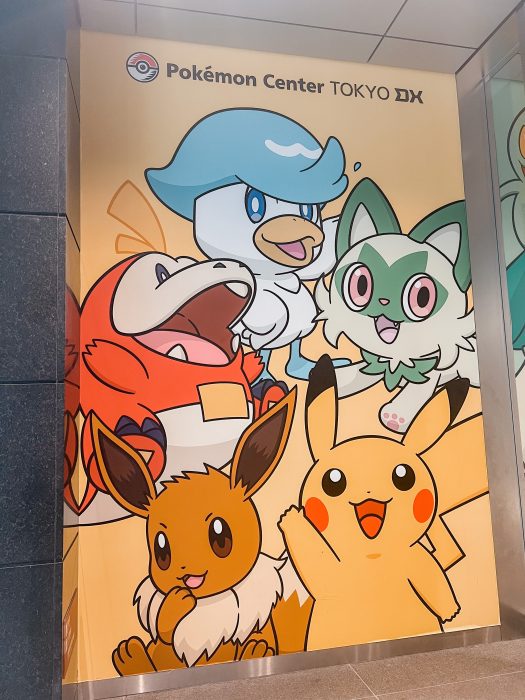
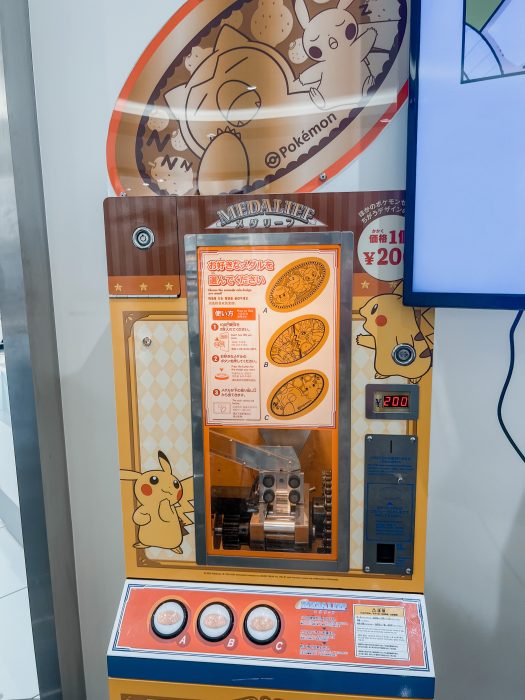
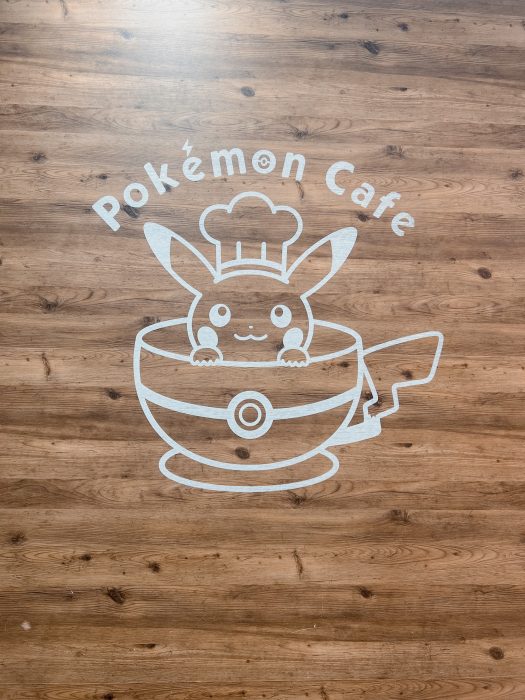
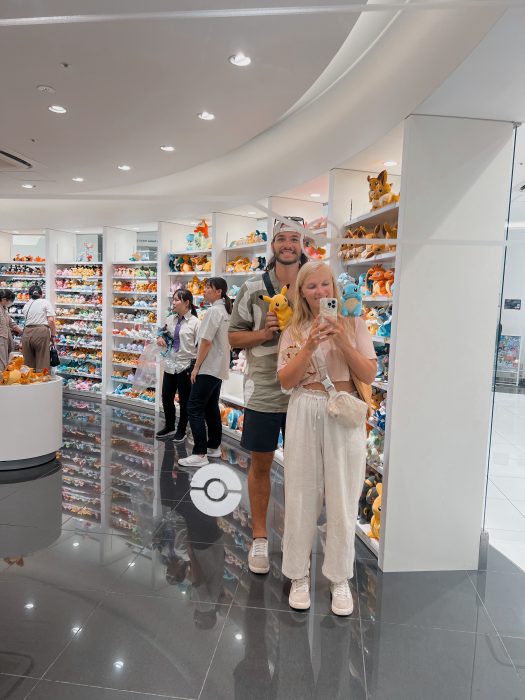
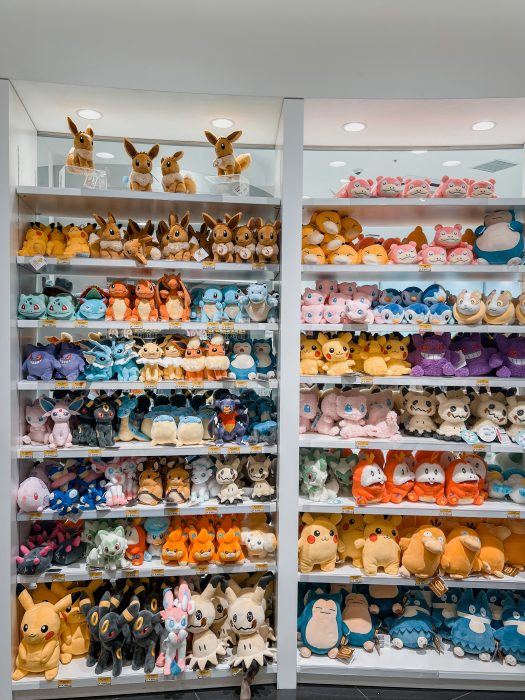

I’m Donut
“I’m Donut” is a standout destination in Tokyo for donut lovers seeking a unique and delightful treat. Located in the trendy district of Harajuku, this innovative donut shop combines classic flavors with creative twists, making it a popular spot for both locals and tourists.
Don’t be surprised if there is a long line out front at all times during the day. They will bring you a menu and paper to mark your order ahead of time.
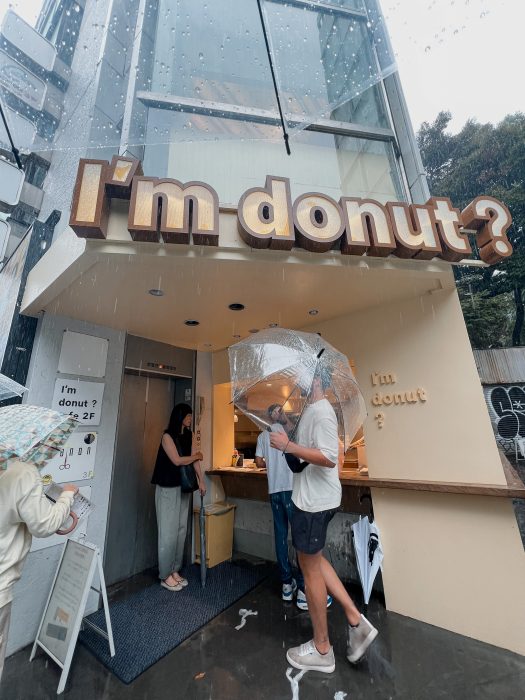
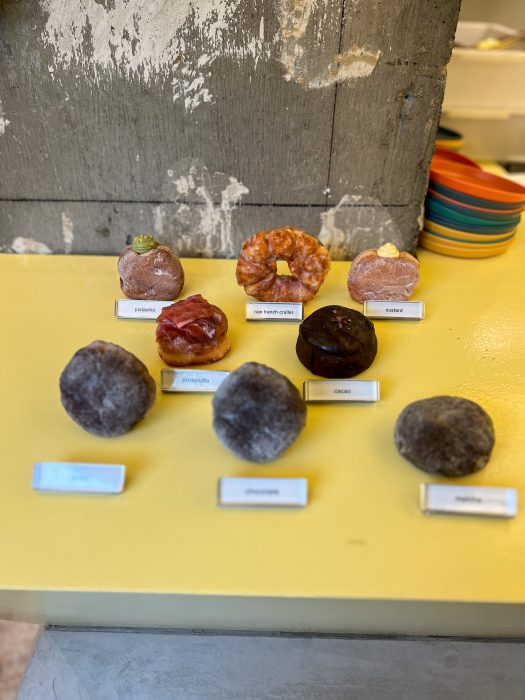
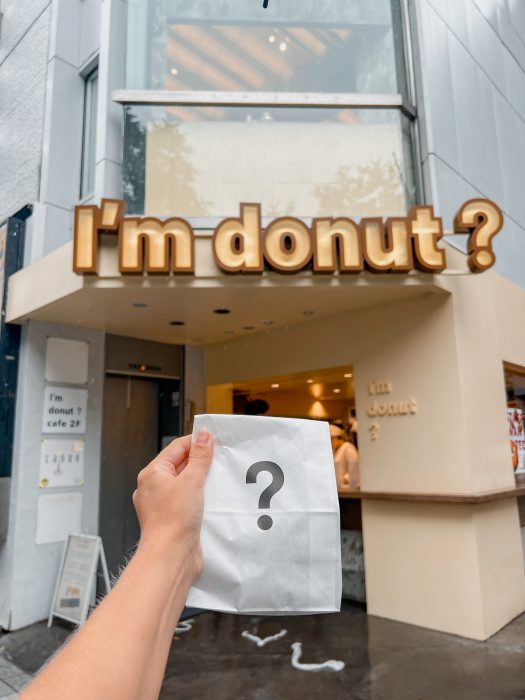
Gon Pachi
Gonpachi, often recognized as “Gonpachi Nishi-Azabu,” is a renowned izakaya in Tokyo that offers a distinctive dining experience blending traditional Japanese cuisine with a lively atmosphere.
Located in the upscale Nishi-Azabu district, this restaurant is celebrated for its authentic flavors, historic charm, and its role in popular culture. Gonpachi is famed for its extensive menu of traditional Japanese dishes, including a variety of skewers (yakitori), sashimi, tempura, and more.
The restaurant emphasizes high-quality ingredients and authentic preparation methods, providing a genuine taste of Japanese culinary tradition.

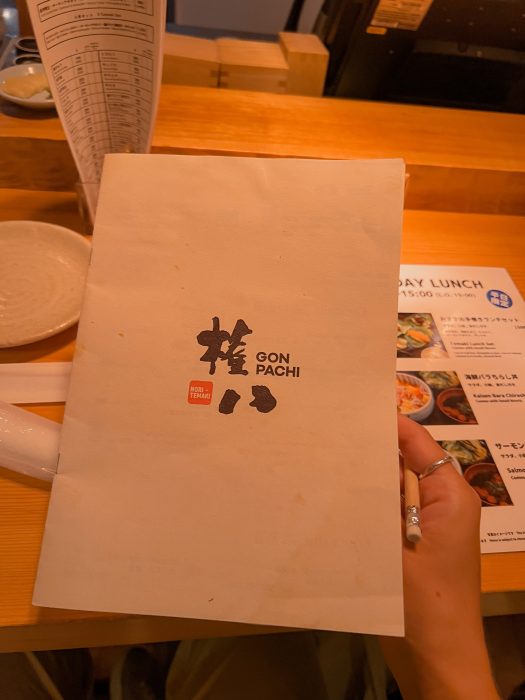
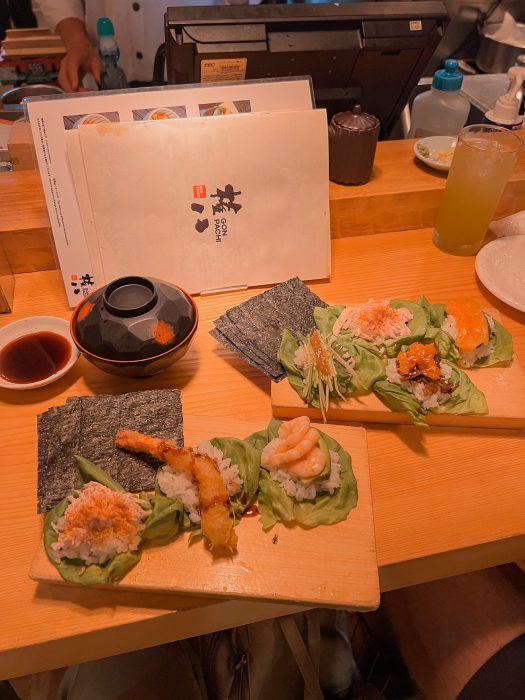
Koi Thé
Koi Thé is a popular destination in Tokyo for those seeking high-quality bubble tea, also known as boba tea. This internationally recognized brand, originating from Taiwan, has gained a reputation for its premium ingredients and innovative flavors, making it a favorite spot for tea enthusiasts and casual drinkers alike. The menu offers a variety of options, including classic milk teas, fruit teas, and signature blends, ensuring there’s something to satisfy every palate.
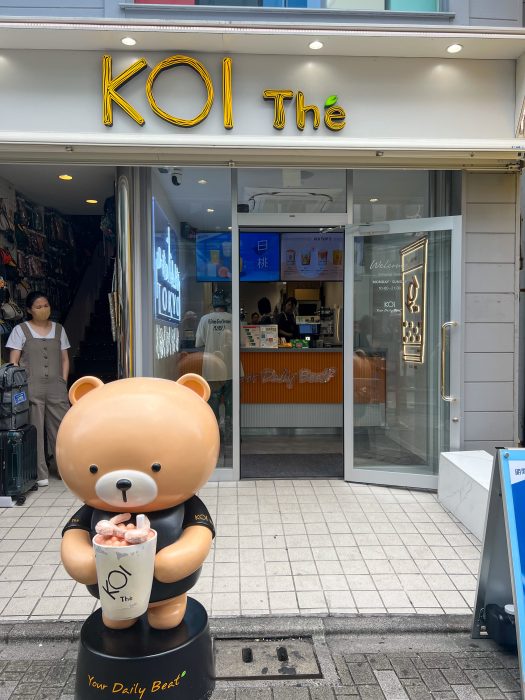
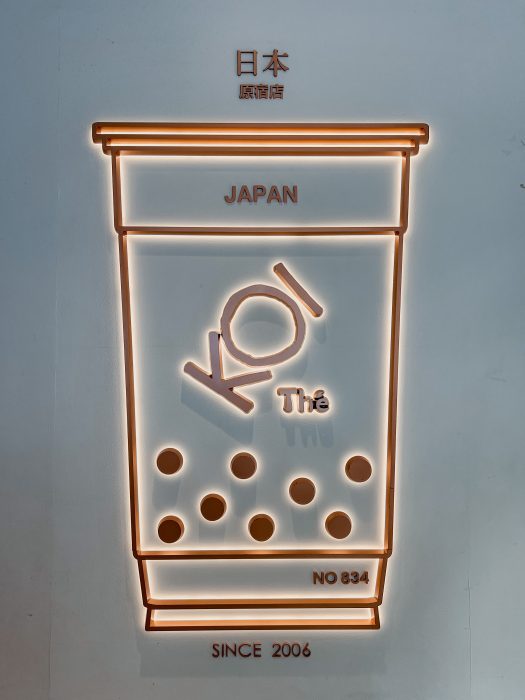
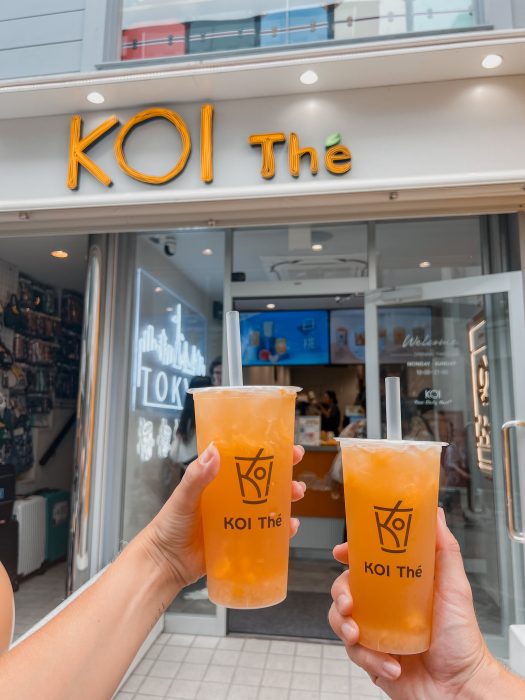
Shin Tou Ki
Shin Tou Ki is celebrated for its wide range of traditional dishes, from flavorful dim sum and crispy Peking duck to hearty noodles and delectable soups. The restaurant prides itself on using high-quality ingredients and authentic recipes to deliver an exceptional dining experience.
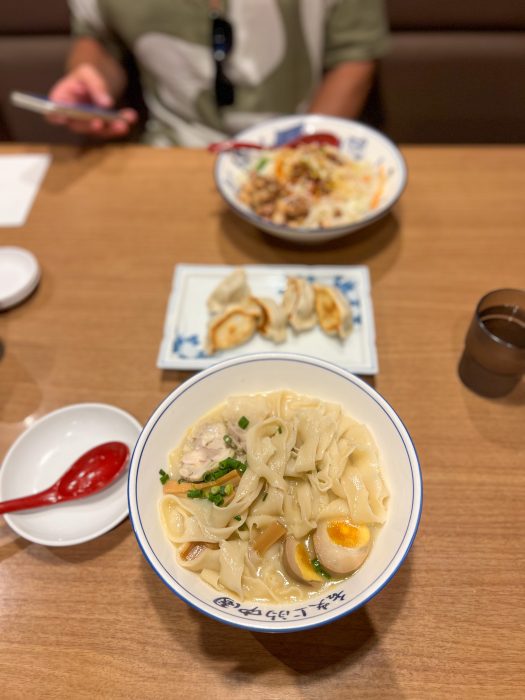
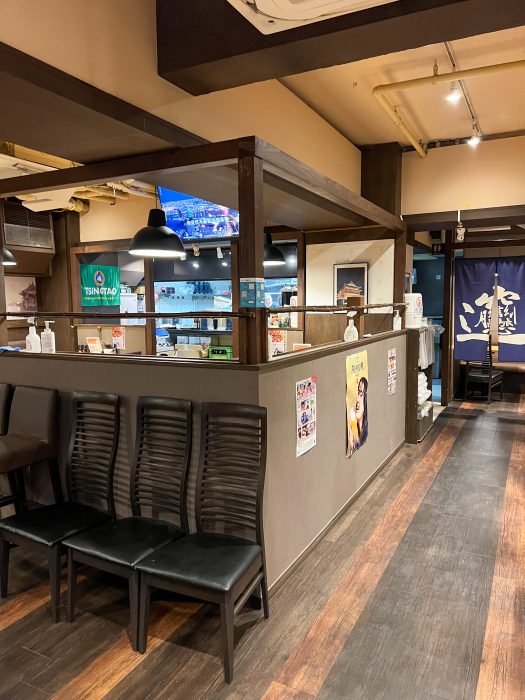
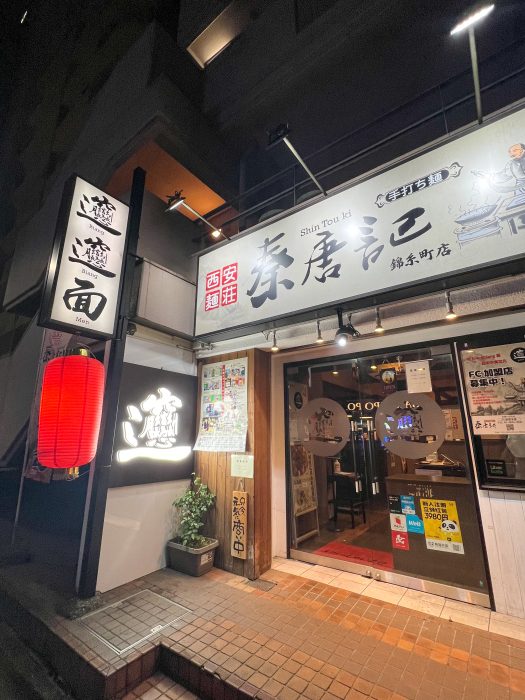
Little Bear Meister
Little Bear Meister is a charming café located in Tokyo that specializes in delightful baked goods and a cozy atmosphere. Situated in the trendy neighborhood of Shibuya, this quaint spot has gained popularity for its high-quality pastries.
The café also has a little food truck if you want to grab a bear stick doughnut to go. With its cute, bear-themed décor, Little Bear Meister offers a perfect setting for a relaxing break or a sweet treat with friends.

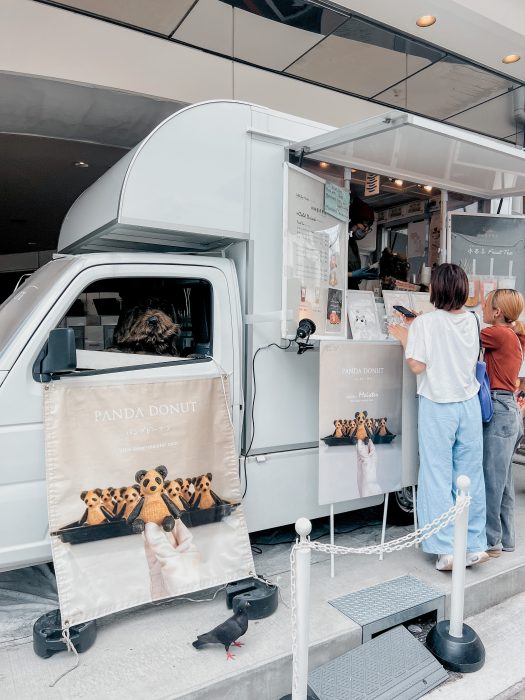
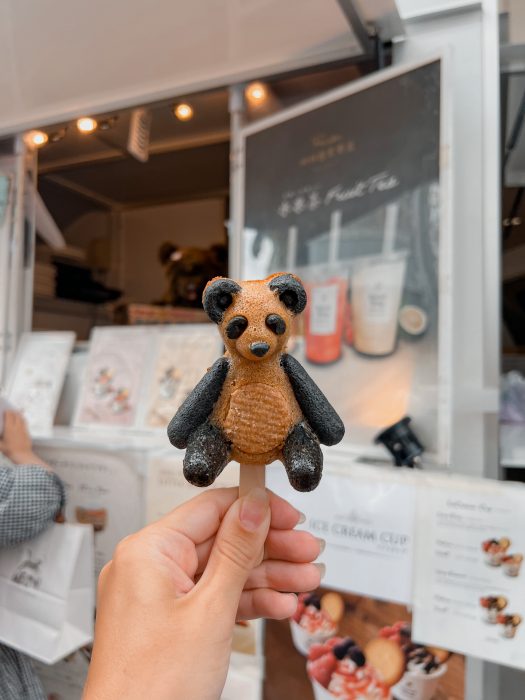
Mian Tea
Mian Tea is a contemporary tea shop in Tokyo that has quickly become a favorite among tea enthusiasts for its innovative and high-quality tea offerings. Located in a bustling district like Shibuya or Harajuku, Mian Tea stands out with its modern approach to traditional tea beverages, offering both a refined tea experience and a stylish ambiance.
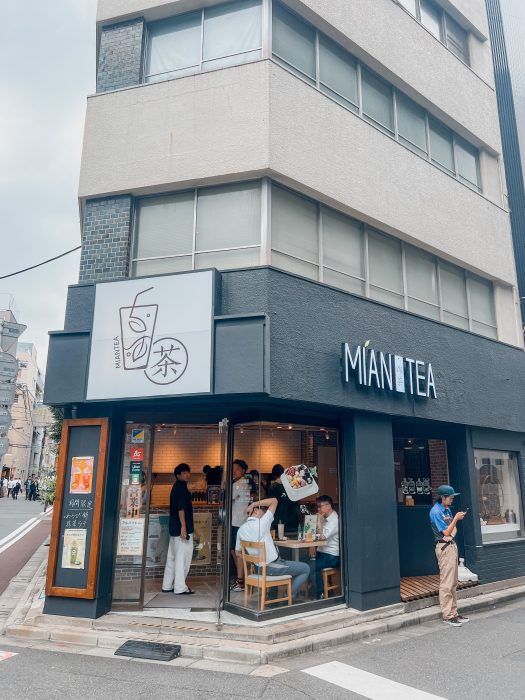
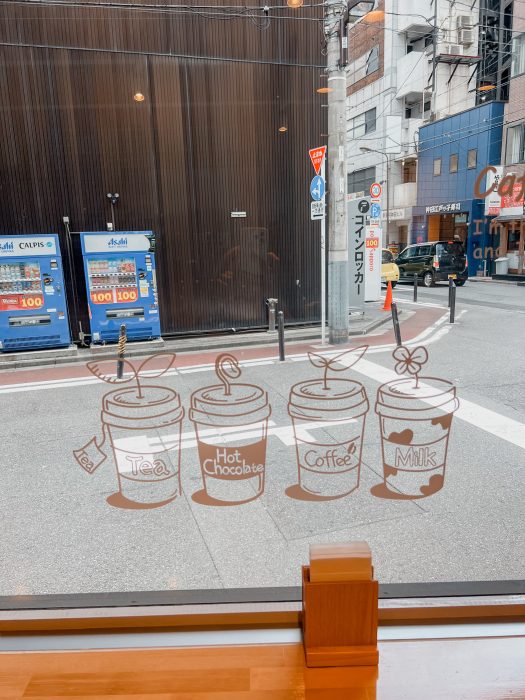
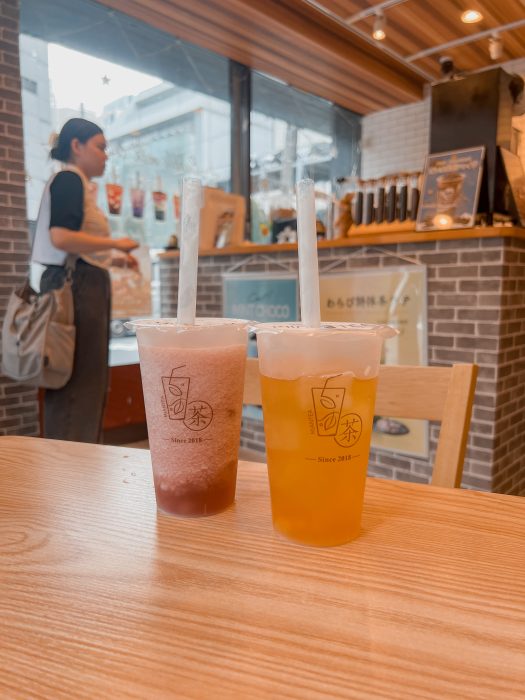
Omodie Yokocho Street
Omodie Yokocho Street is a vibrant and lively alleyway in Tokyo, renowned for its bustling atmosphere and diverse array of dining options. Located in the energetic district of Ikebukuro, this street captures the essence of Tokyo’s street food culture and offers a unique culinary adventure for locals and tourists alike.
Omodie Yokocho Street is famous for its array of street food stalls and small eateries that offer a wide range of Japanese delicacies. From savory yakitori (grilled chicken skewers) and takoyaki (octopus balls) to crispy tempura and comforting ramen, the street provides an authentic taste of Tokyo’s vibrant food scene.
Unlike more tourist-centric areas, Omodie Yokocho Street provides a genuine local experience. It’s a great place to mingle with Tokyoites and experience the city’s food culture as it’s enjoyed by residents.
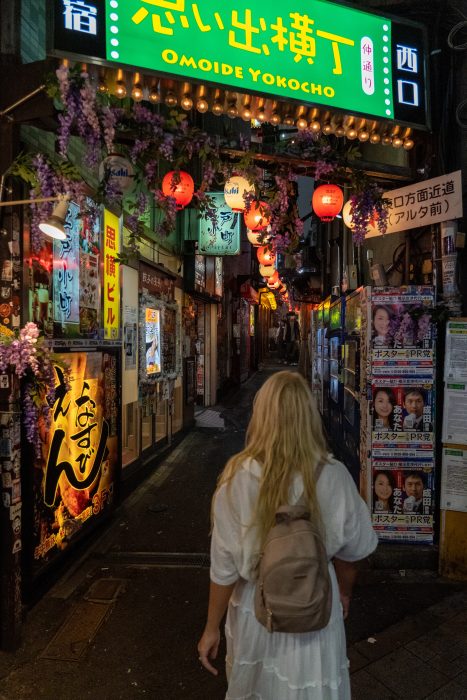
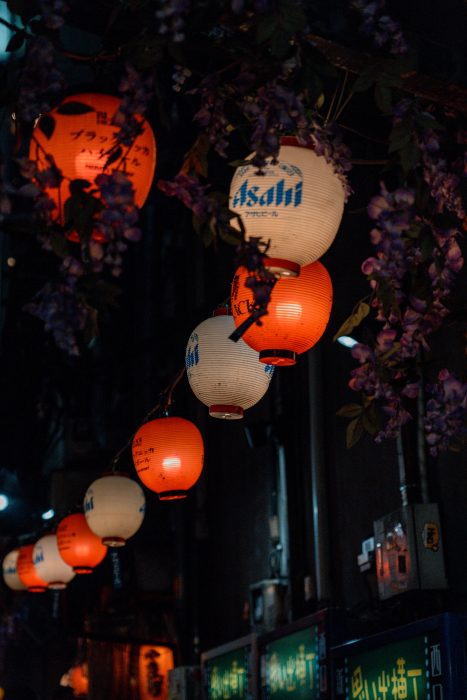
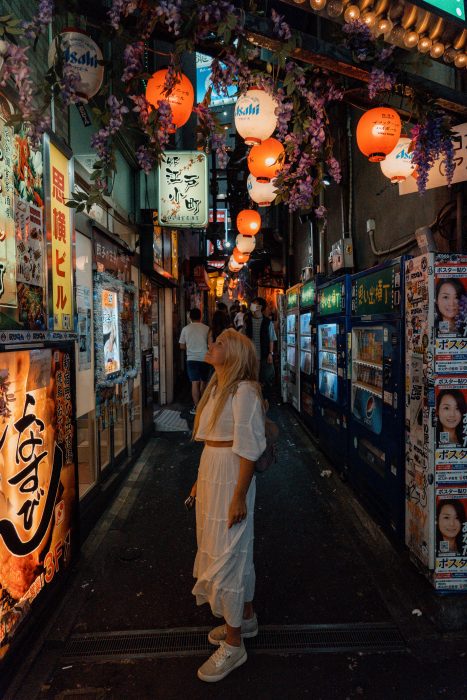
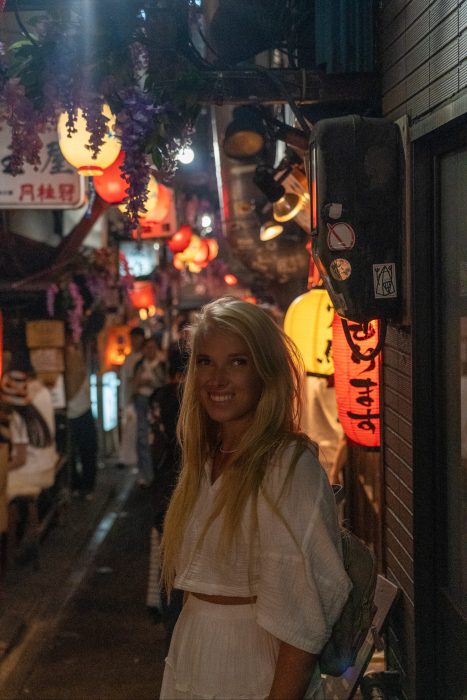
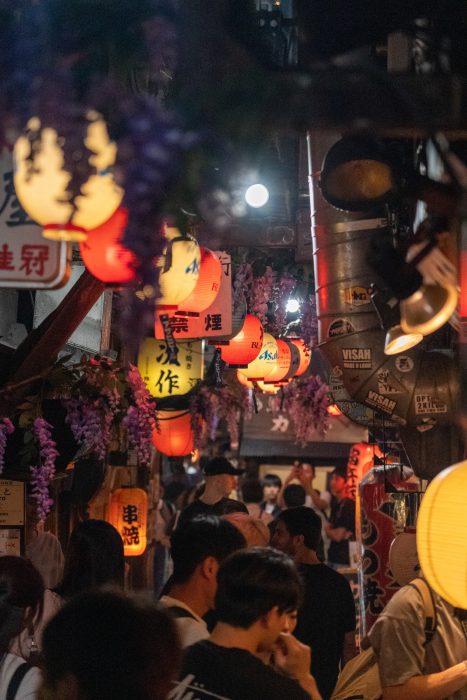
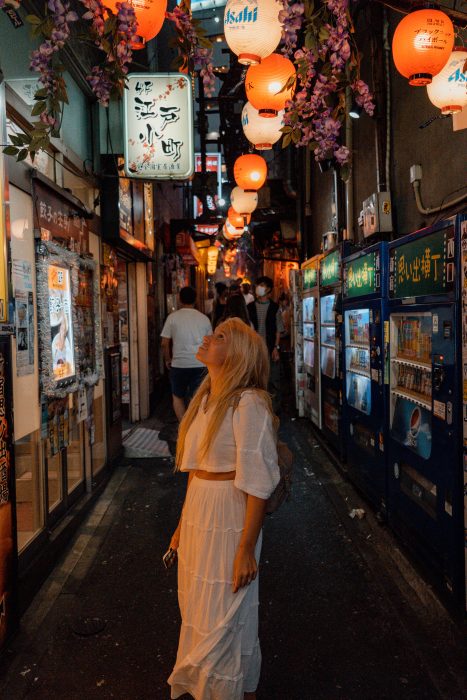
Grocery Stores:
Tokyo’s grocery stores offer a rich variety of options, from traditional markets and high-end supermarkets to discount stores and specialty shops. Whether you’re seeking fresh Japanese ingredients, international products, or unique culinary finds, Tokyo’s grocery scene provides everything you need for a delightful shopping experience.
- Family Mart : pancakes with butter and syrup inside
- 7 Eleven : fish ice cream and hash browns
- Lawson’s: fried chicken
- PRO TIP: take the fried chicken from Lawsons and put it between the butter syrup pancakes from Family Mart to make one of the most incredible sandwiches ever!
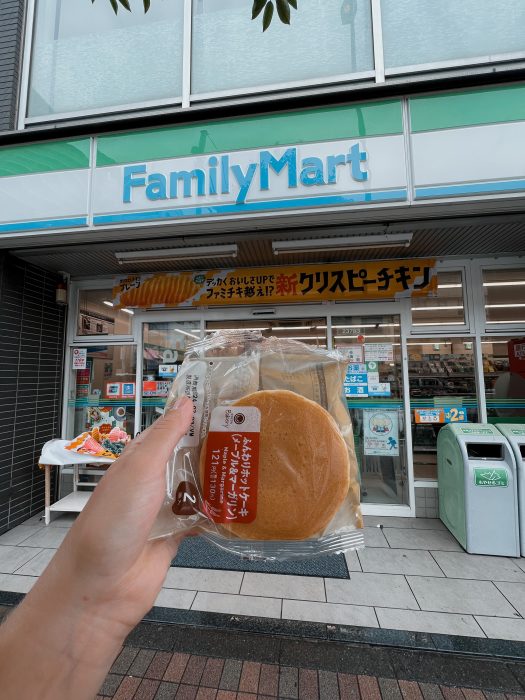
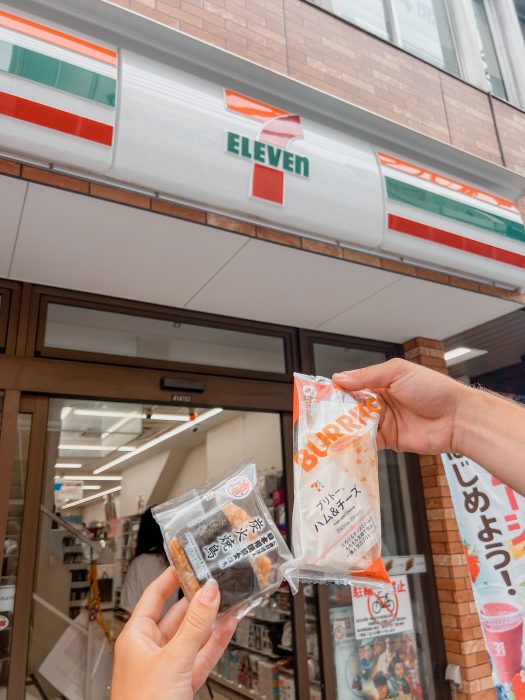
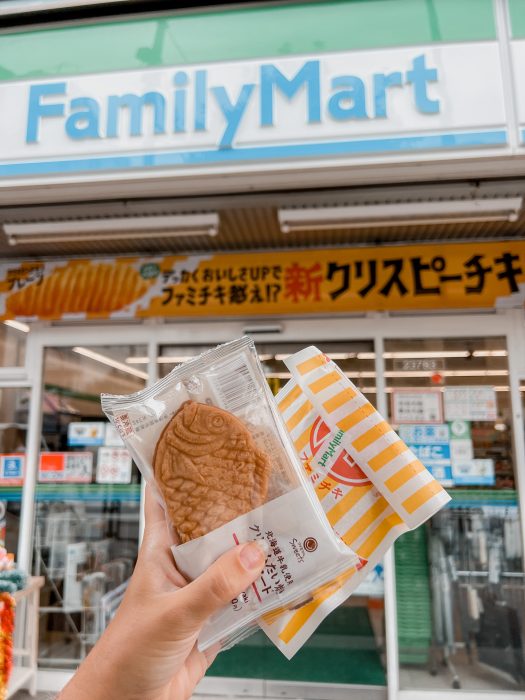
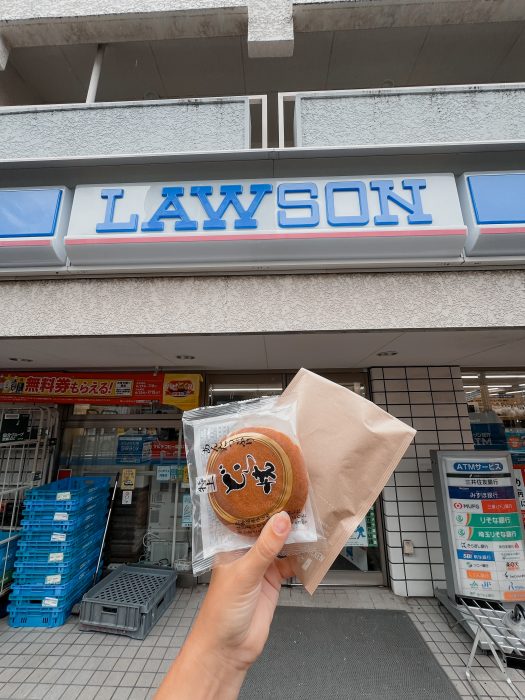
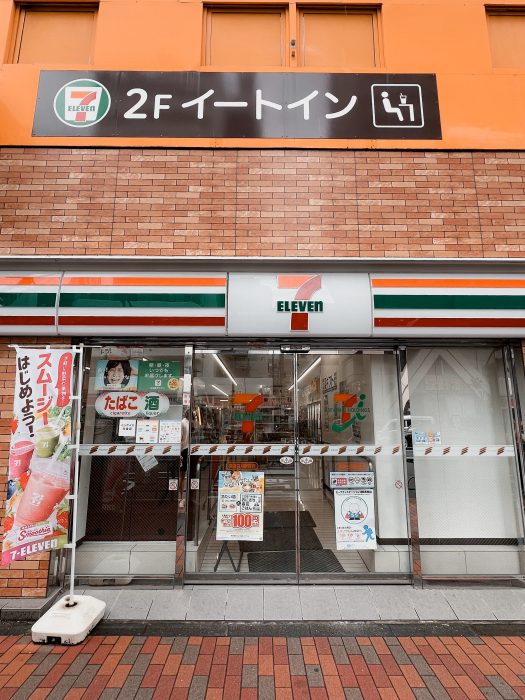
Temples and Shrines in Tokyo
Senso-ji Temple
Senso-ji Temple, also known as Asakusa Kannon Temple, is Tokyo’s oldest and most revered Buddhist temple. Located in the historic Asakusa district, it stands as a prominent cultural and spiritual landmark, attracting millions of visitors each year with its rich history and vibrant atmosphere.
Founded in 628 AD, Senso-ji Temple has a deep historical and cultural significance. It is dedicated to Kannon, the Buddhist goddess of mercy, and is a vital part of Tokyo’s heritage.
The temple’s entrance, known as Kaminarimon (Thunder Gate), is one of Tokyo’s most recognizable landmarks. The massive red lantern and the intricate carvings of the gate provide a stunning introduction to the temple complex.
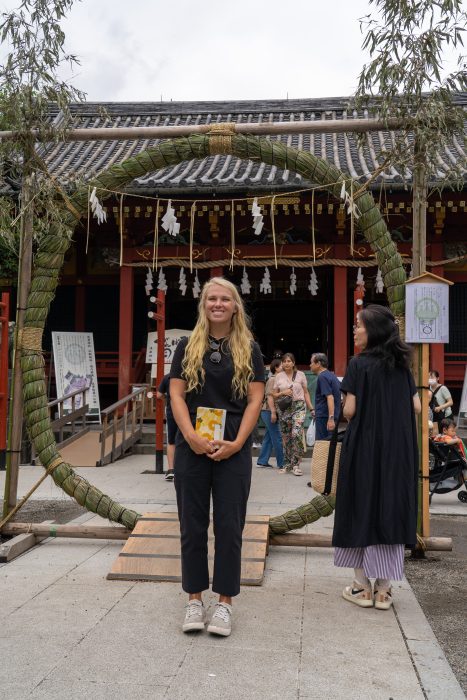
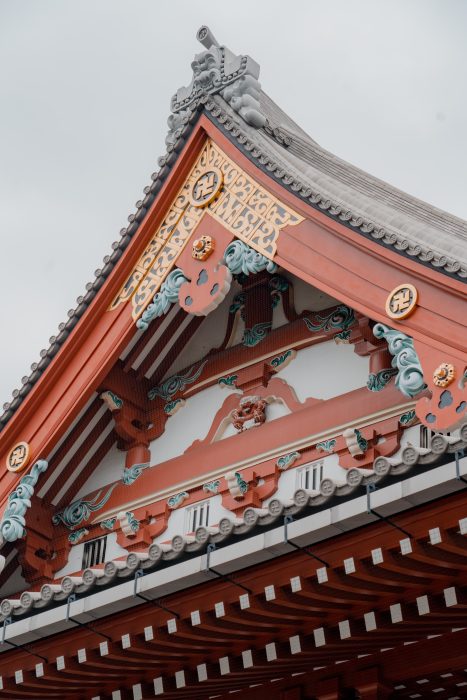
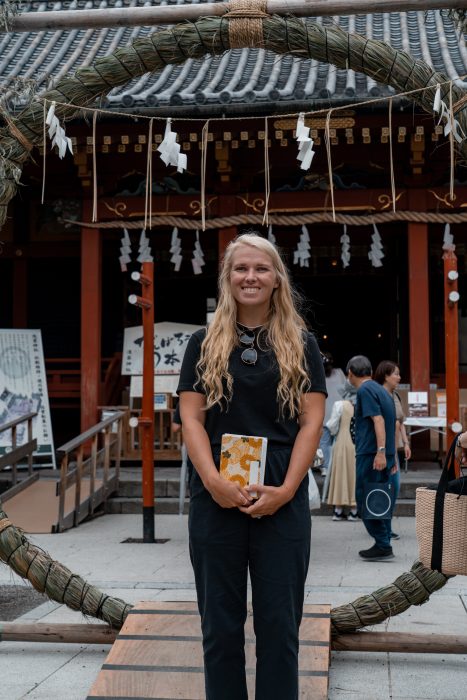
Meiji Jingu Shrine
Meiji Jingu Shrine, often referred to simply as Meiji Shrine, is one of Tokyo’s most important Shinto shrines. Nestled in the lush forested area of Shibuya, this serene sanctuary provides a tranquil retreat from the city’s bustling streets and offers visitors a glimpse into Japan’s rich spiritual heritage. It offers a serene escape from the bustling city.
Established in 1920, Meiji Jingu Shrine honors Emperor Meiji, who played a pivotal role in Japan’s modernization during the Meiji Restoration, and Empress Shoken. The shrine is a symbol of Japan’s transition from the feudal era to a modern state.
Visitors can witness traditional Shinto practices, such as the purification ritual at the water basin (temizuya), and participate in activities like writing wishes on ema (wooden plaques) or purchasing omamori (protective charms) for good fortune. Meiji Jingu Shrine hosts various cultural and religious events throughout the year.
Notable celebrations include the New Year’s Day visit (Hatsumode), which attracts millions of visitors, and the annual Meiji Jingu Gaien Ginkgo Festival, showcasing the beauty of the shrine’s ginkgo trees in autumn.
The shrine is also a popular venue for traditional Shinto weddings and ceremonies. Visitors may catch glimpses of beautifully dressed brides and grooms, adding to the cultural atmosphere of the shrine.
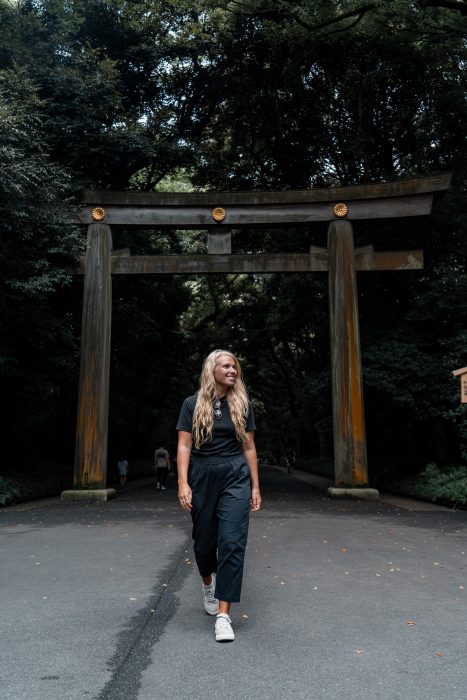
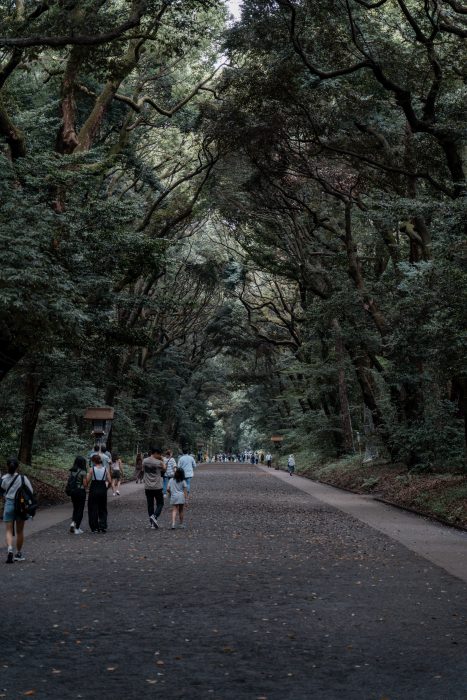
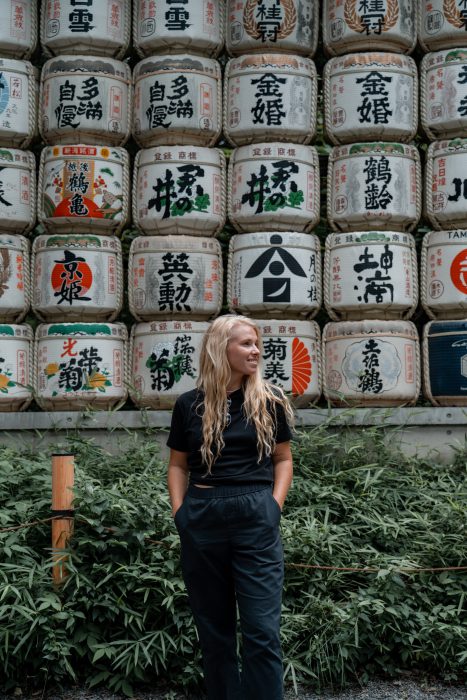
Hie-Jinja Shrine
Hie-Jinja Shrine, often referred to as Hie Shrine, is a historic Shinto shrine located in the heart of Tokyo. Renowned for its serene setting and cultural significance, Hie-Jinja offers a peaceful retreat from the bustling city life and provides visitors with a glimpse into Japan’s traditional spirituality.
Established in 1478, Hie-Jinja Shrine has been an integral part of Tokyo’s religious and cultural landscape for centuries. It is dedicated to Oyamakui-no-kami, the deity of Mount Hie, and has long been associated with protection and prosperity.
Perched on a hill in the Akasaka district, the shrine offers stunning views of the surrounding cityscape. The approach to the shrine involves climbing a series of stone steps, which adds to the sense of tranquility and separation from the urban environment.
Hie-Jinja Shrine provides opportunities to experience traditional Shinto practices, such as participating in purification rituals at the water basin (temizuya), purchasing omamori (protective charms), and writing wishes on ema (wooden plaques).
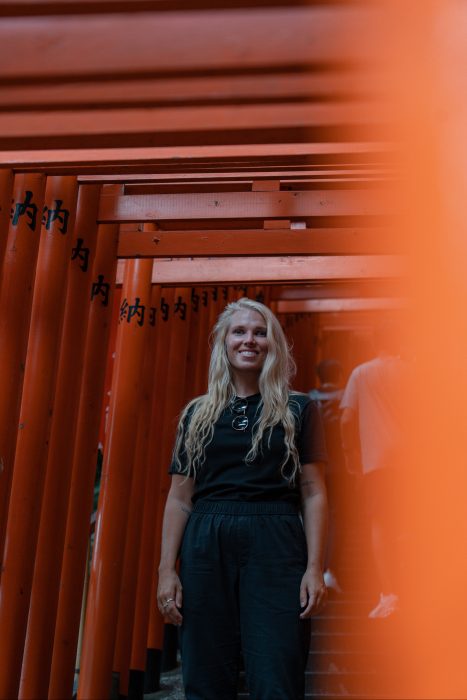
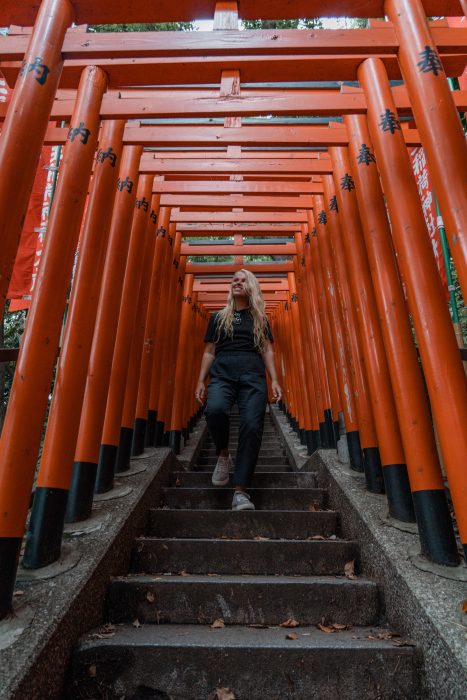
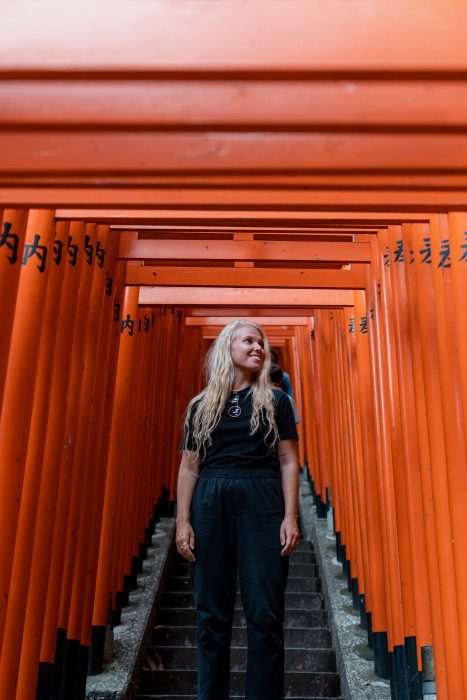
Hozomon Gate
Hozomon Gate, an iconic structure within the Senso-ji Temple complex in Tokyo’s Asakusa district, serves as both a grand entrance and a symbolic guardian of the temple. This magnificent gate, also known as the Treasure-House Gate, stands as a testament to traditional Japanese architecture and religious significance, attracting countless visitors each year.
Hozomon Gate is a striking example of traditional Japanese temple architecture. Its imposing structure features intricate woodwork, vibrant red pillars, and a double-story design that exemplifies the craftsmanship and aesthetic principles of Edo-period construction.
Originally built in 942 and reconstructed multiple times due to fires and natural disasters, the current structure dates back to 1964. Hozomon Gate holds a storied history as a protector of Senso-ji Temple, which is Tokyo’s oldest and most significant Buddhist temple, founded in 645 AD.
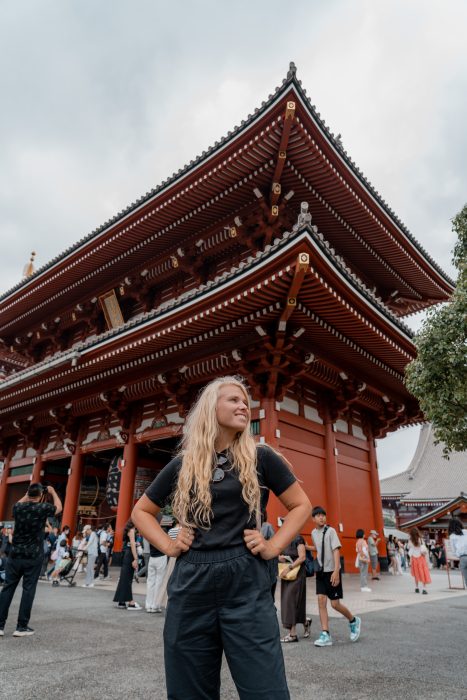
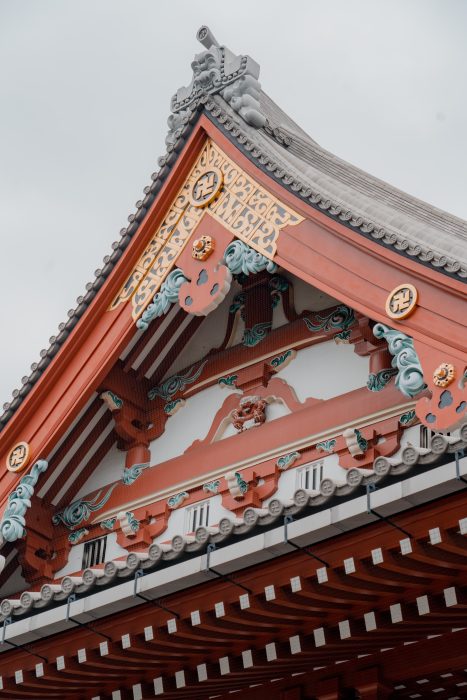
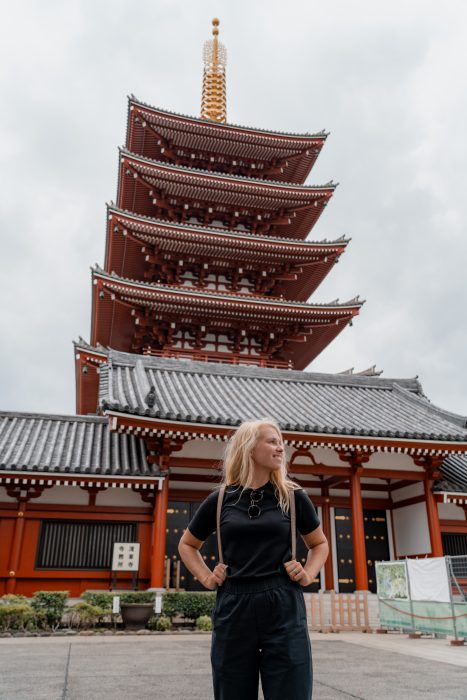
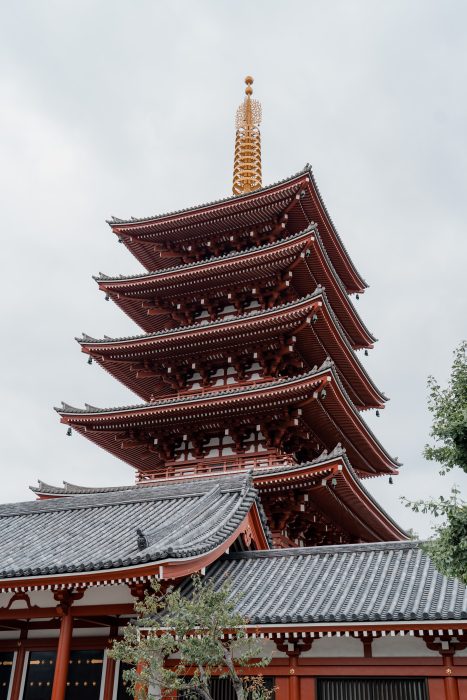
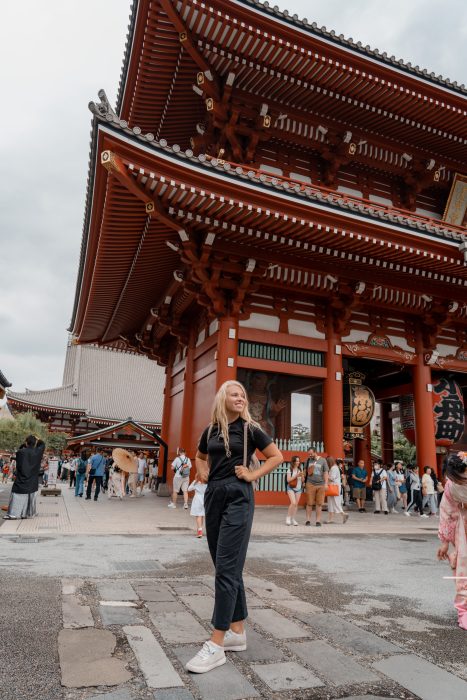
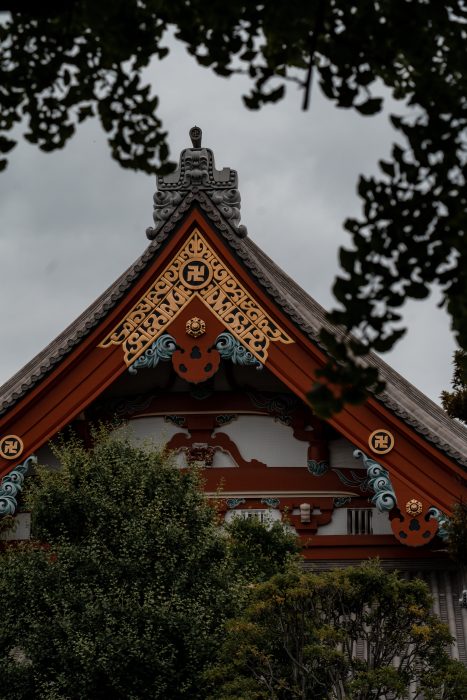
Kanda Myojin Shrine
Kanda Myojin Shrine, located in the bustling Chiyoda ward of Tokyo, is a revered Shinto shrine with a rich history dating back over 1,270 years.
Known for its vibrant festivals and cultural significance, Kanda Myojin is a sanctuary that blends traditional spirituality with contemporary life, making it a popular destination for both locals and tourists. Kanda Myojin Shrine was established in 730 AD and has since been an important cultural and spiritual center in Tokyo.
It honors three deities: Daikokuten (the god of good harvest and matrimony), Ebisu (the god of fishermen and businessmen), and Taira no Masakado (a revered samurai). The shrine has been a site for prayers for prosperity, business success, and protection against disasters.
Kanda Myojin hosts the Kanda Matsuri, one of Tokyo’s most famous and lively festivals, held biennially in May. This event features colorful parades, traditional music, and mikoshi (portable shrine) processions, drawing thousands of participants and spectators. The festival is a celebration of the shrine’s enduring cultural legacy and the local community’s spirit.
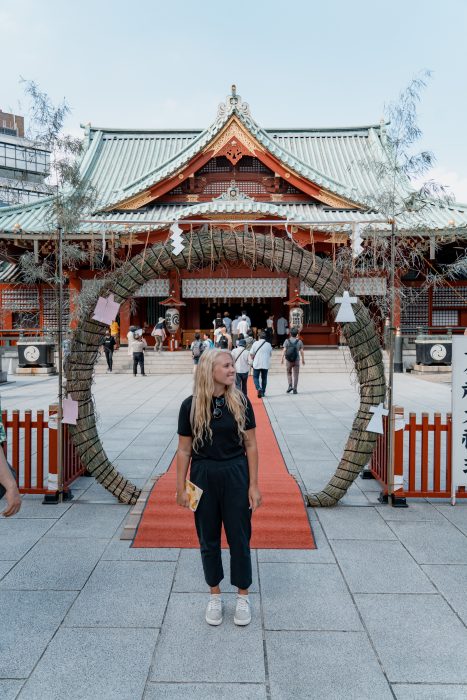
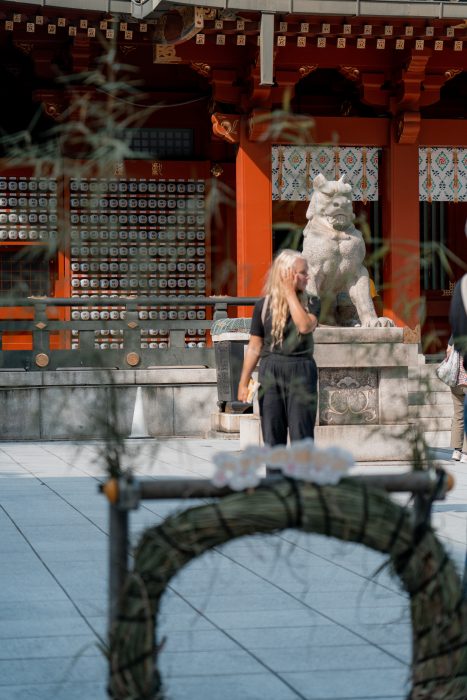
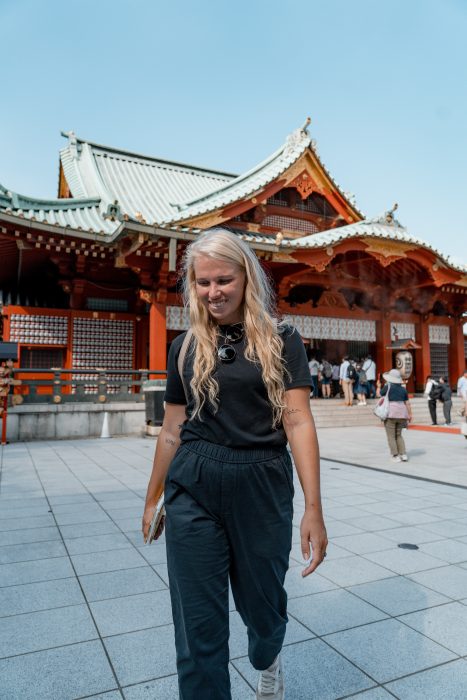

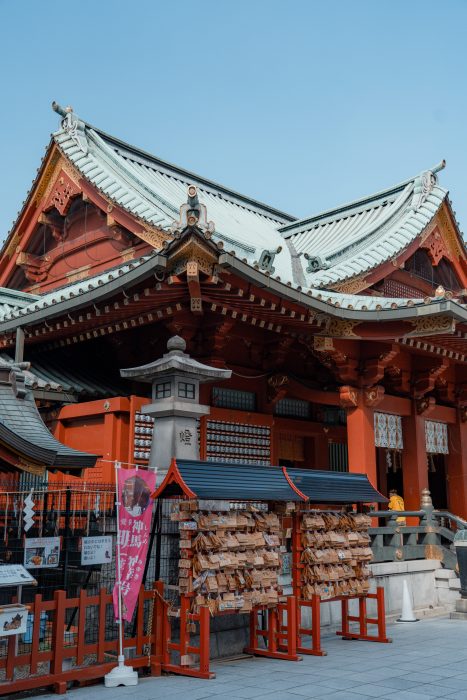
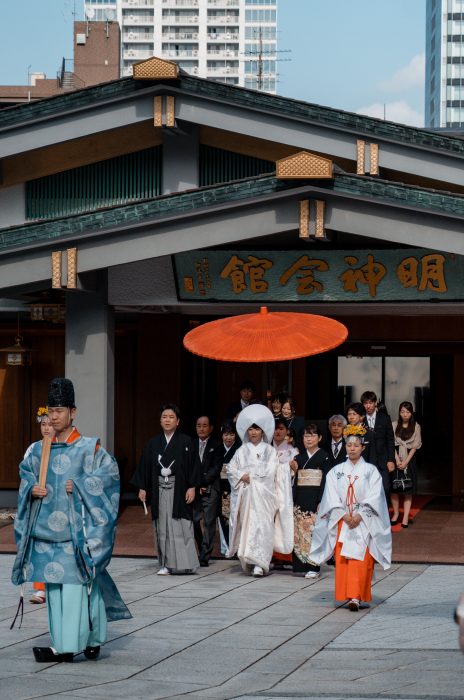
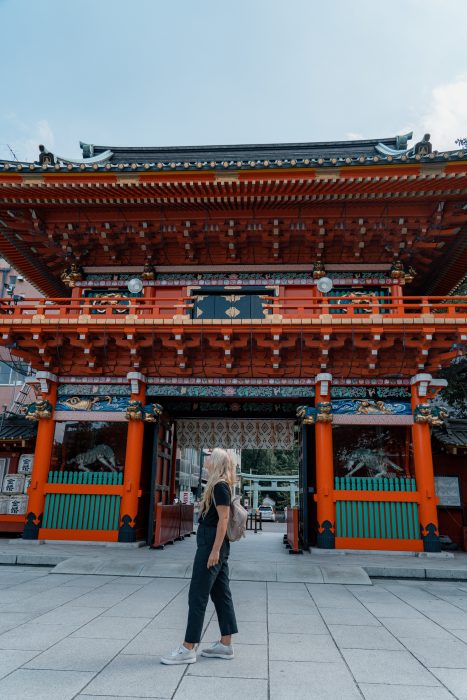
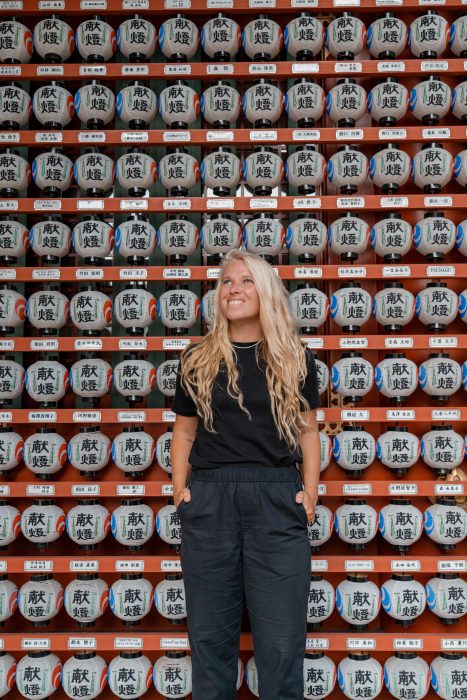
Things to See in Tokyo
Tokyo Tower
Tokyo Tower, standing at 333 meters, is one of Tokyo’s most recognizable landmarks, offering stunning panoramic views of the city and beyond. This iconic structure, inspired by Paris’s Eiffel Tower, serves not only as a broadcasting antenna but also as a major tourist attraction, providing visitors with a unique blend of historical, cultural, and recreational experiences.
The main attraction of Tokyo Tower is its observation decks. The Main Deck, located at 150 meters, and the Top Deck, at 250 meters, offer spectacular views of Tokyo’s sprawling cityscape, including landmarks such as Tokyo Skytree, Mount Fuji, and Tokyo Bay.
Both daytime and nighttime visits provide unique and mesmerizing perspectives of the city. Since its completion in 1958, Tokyo Tower has been a symbol of Japan’s post-war rebirth and rapid economic growth.
It has appeared in numerous films, TV shows, and anime, cementing its status as a cultural icon. Visitors can learn more about its history and significance at the Tokyo Tower Museum.
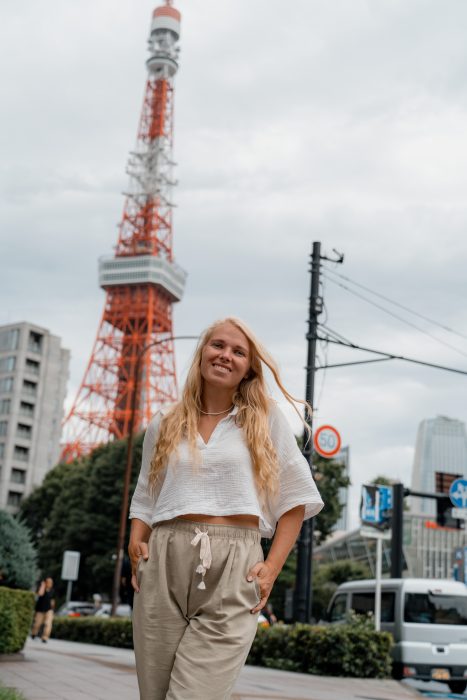
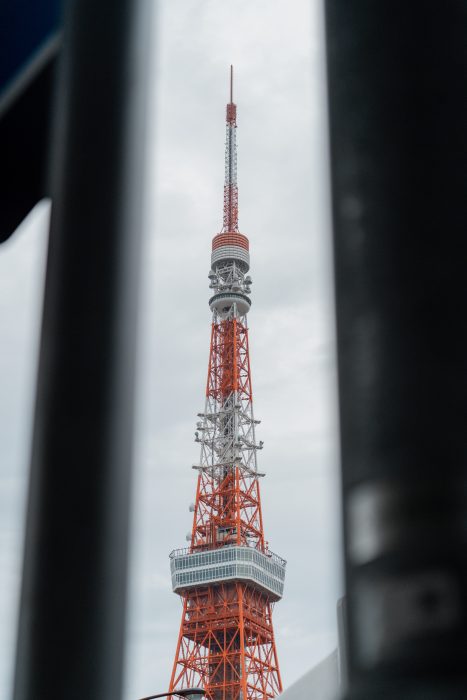
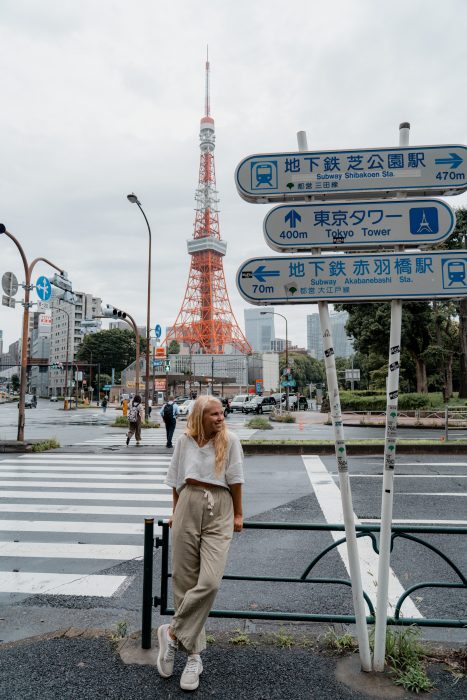
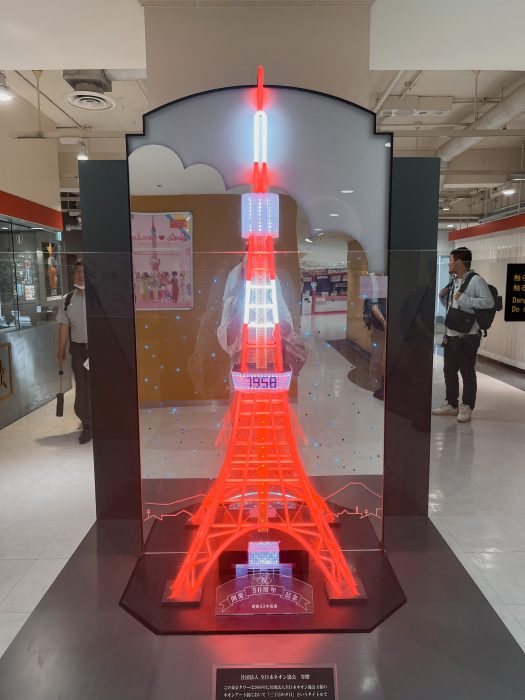

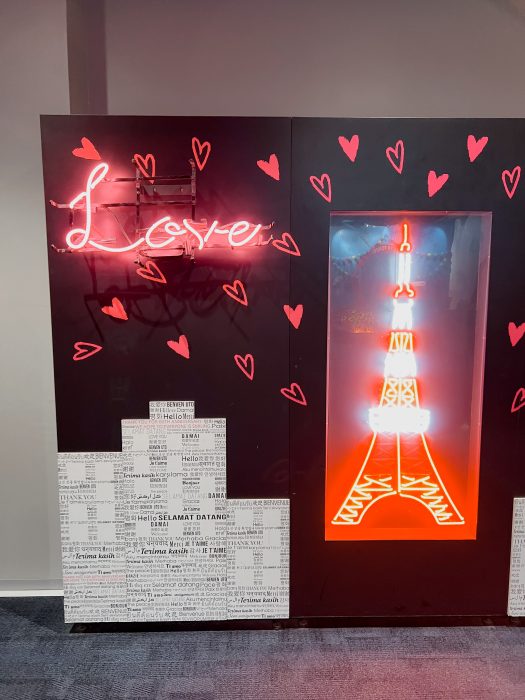
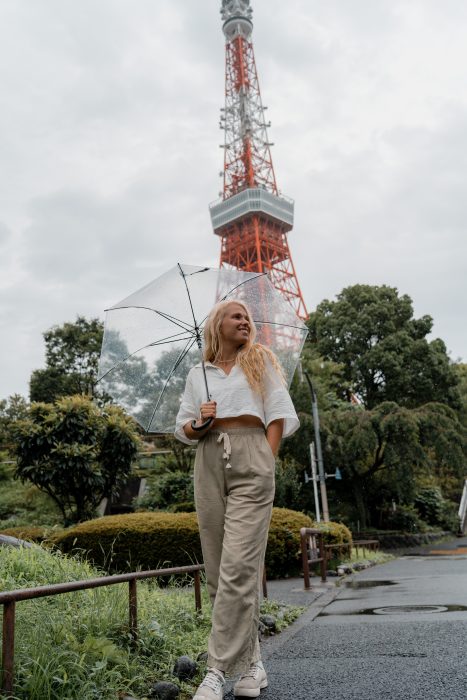
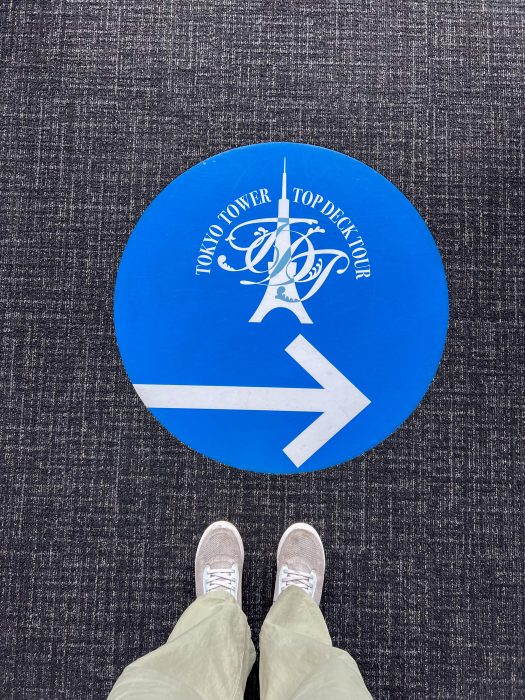
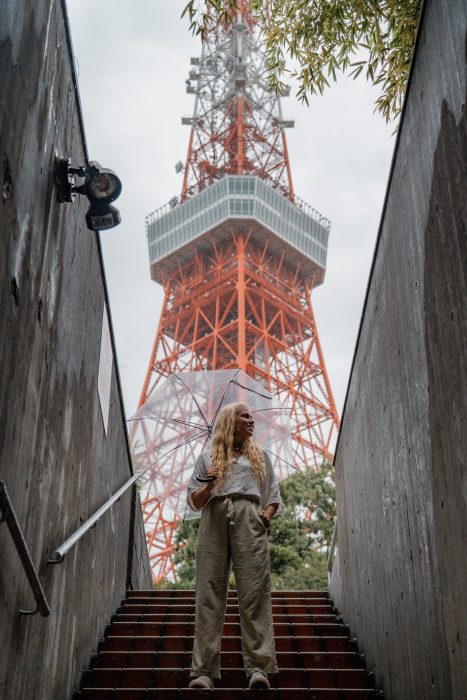
Ueno Park (Zoo + Museums)
Ueno Park, located in Tokyo’s Taito district, is a sprawling urban park known for its lush greenery, cultural landmarks, and vibrant atmosphere. Established in 1873 on the former grounds of Kaneiji Temple, Ueno Park is a popular destination for both locals and tourists seeking a blend of natural beauty, historical significance, and cultural attractions.
Ueno Park is one of Tokyo’s premier spots for cherry blossom viewing. Every spring, the park’s more than 1,000 cherry trees bloom spectacularly, attracting thousands of visitors who come to enjoy hanami (flower viewing) picnics under the blossoms. The park’s central pathway, lined with cherry trees, creates a stunning tunnel of pink flowers.
As Japan’s oldest zoo, established in 1882, Ueno Zoo is home to over 3,000 animals from around the world, including the famous giant pandas. The zoo’s diverse collection and its engaging exhibits make it a must-visit for families and animal lovers.
Ueno Park houses several of Tokyo’s most important museums. The Tokyo National Museum, with its extensive collection of Japanese art and artifacts, the National Museum of Nature and Science, featuring exhibits on natural history and technology, and the Ueno Royal Museum, hosting various art exhibitions, all provide rich cultural and educational experiences.
The park hosts numerous events and festivals throughout the year, including the Ueno Summer Festival, featuring parades, music, and food stalls, and the Ueno Cherry Blossom Festival in spring. These events add to the park’s vibrant and lively atmosphere.
They also have Pokemon Go events and you can find thousands of locals playing in the park on the weekends.
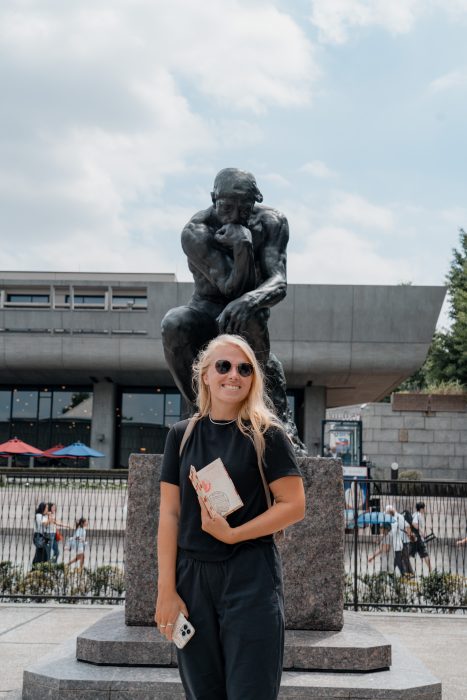
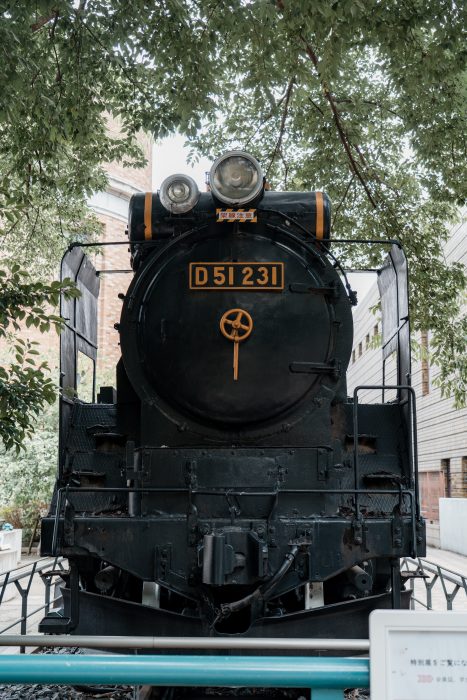
Shibuya Crossing
Shibuya Crossing, often called the busiest pedestrian crossing in the world, is a symbol of Tokyo’s vibrant urban energy and dynamic culture. Located directly outside Shibuya Station, this iconic intersection is a must-see attraction for visitors to Tokyo, offering an unparalleled experience of the city’s bustling atmosphere.
Several locations around the crossing offer excellent vantage points for viewing and photographing the scramble. The Starbucks in the Tsutaya building, with its large windows overlooking the intersection, is a popular spot.
Alternatively, the Shibuya Hikarie building and the Magnet by Shibuya109 complex provide fantastic views from higher up.
Shibuya is a major shopping and entertainment district, offering endless options for dining, shopping, and nightlife.
The area is home to trendy fashion stores, large department stores like Shibuya109, and countless restaurants, cafes, and bars. This makes it a great place to explore before or after experiencing the crossing.
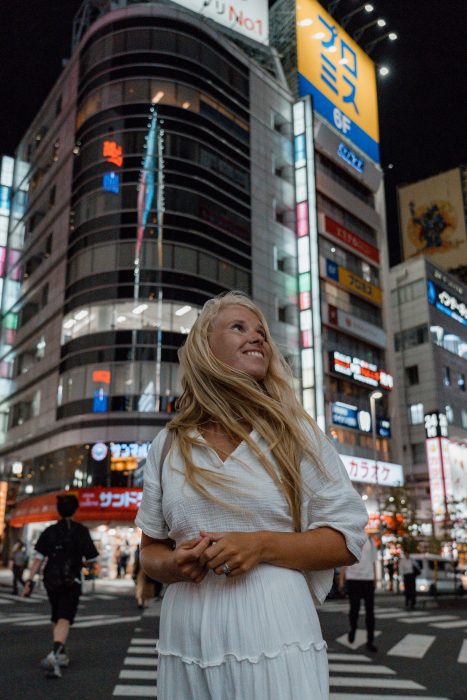
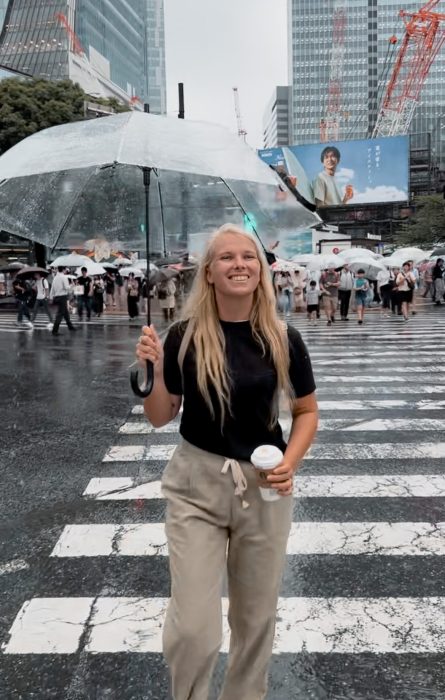
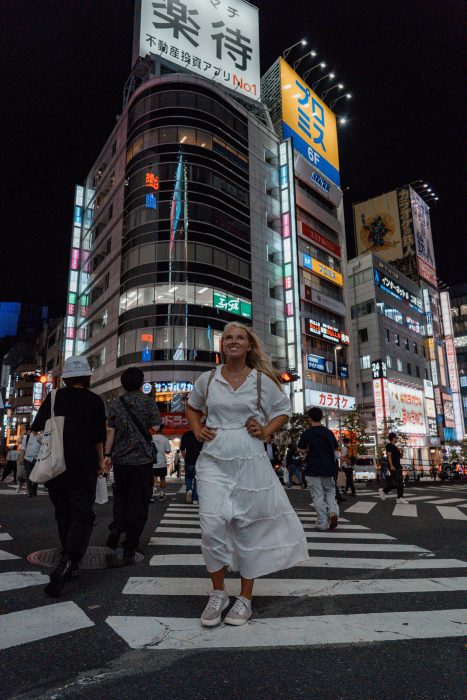
Takeshita Street
Takeshita Street, located in the heart of Harajuku, is a vibrant and bustling pedestrian street that epitomizes Tokyo’s youthful energy and fashion-forward culture. Known for its eclectic shops, colorful boutiques, and unique eateries, Takeshita Street is a must-visit destination for anyone looking to experience the cutting edge of Japanese pop culture.
The eclectic mix of shops on Takeshita Street offers a shopping experience like no other. From popular chain stores to independent boutiques, visitors can browse a wide range of merchandise, including quirky accessories, cosplay outfits, and limited-edition items.
Takeshita Street is also home to a variety of pop-up shops and special events, making each visit a new adventure.
Takeshita Street is famous for its variety of delicious and Instagram-worthy street food. Visitors can indulge in a wide range of treats, such as colorful crepes filled with whipped cream and fruit, fluffy Japanese pancakes, and savory snacks like takoyaki (octopus balls) and karaage (fried chicken). The street’s food stalls and small cafes offer a taste of Tokyo’s culinary creativity.
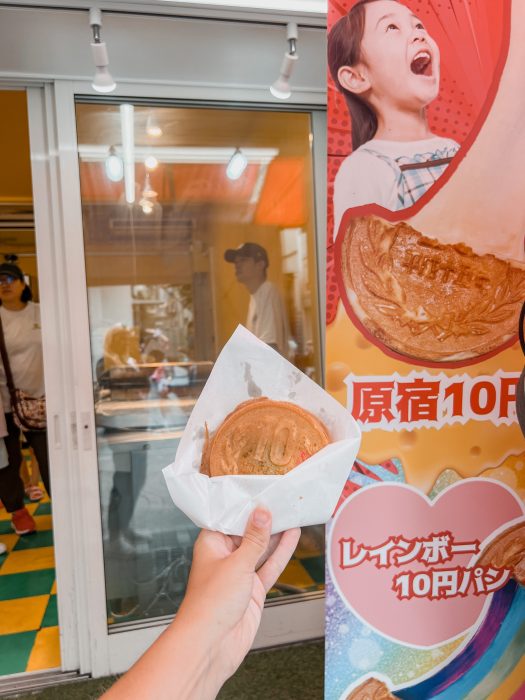
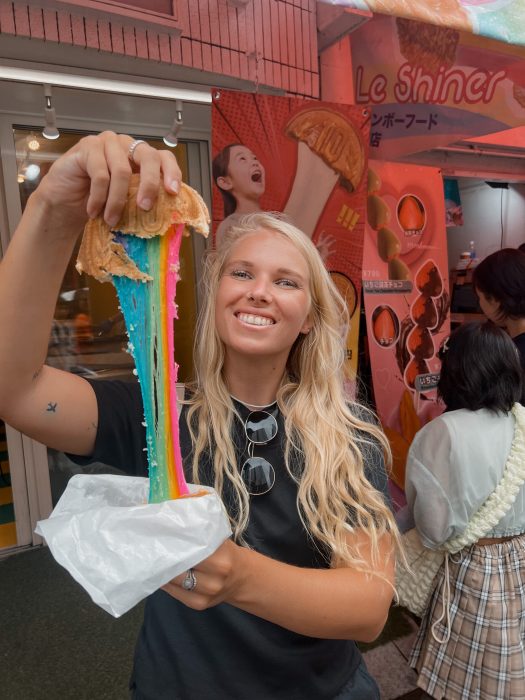
Hachiko Dog Statue
The Hachiko Dog Statue, located just outside Shibuya Station in Tokyo, is one of Japan’s most beloved landmarks.
This bronze statue commemorates Hachiko, an Akita dog remembered for his remarkable loyalty to his owner. It’s a must-see for visitors to Tokyo, offering a touching story and a popular meeting spot in the bustling Shibuya district.
Hachiko’s story is one of enduring loyalty and love. Every day, Hachiko waited for his owner, Professor Hidesaburo Ueno, at Shibuya Station. Even after the professor’s sudden death in 1925, Hachiko continued to wait at the station every day for nearly ten years until his own death. This unwavering loyalty made Hachiko a national symbol of devotion.
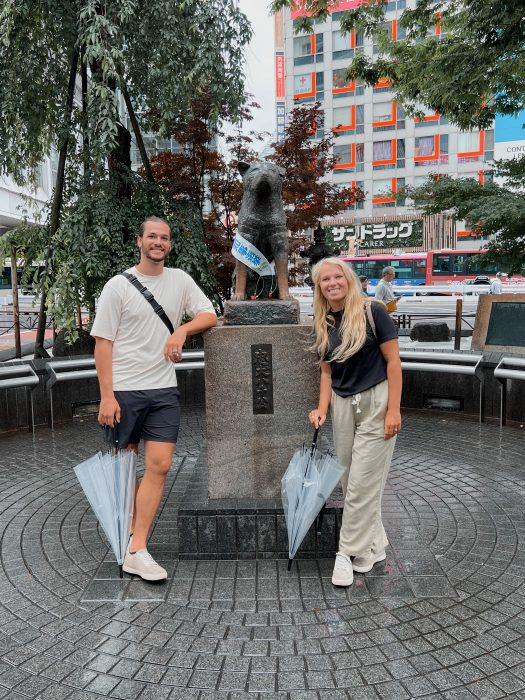
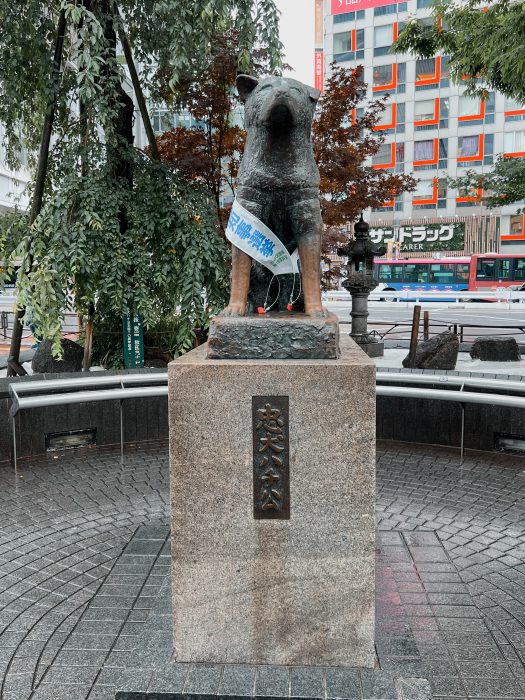
Shinjuku
Shinjuku, a major commercial and administrative center in Tokyo, is one of the city’s most vibrant and dynamic districts. Known for its bustling streets, towering skyscrapers, and neon lights, Shinjuku offers an eclectic mix of shopping, dining, entertainment, and cultural experiences.
It’s a must-visit destination for anyone exploring Tokyo, offering something for everyone, day and night. Shinjuku is a shopper’s dream with a wide range of stores, from high-end department stores like Isetan and Takashimaya to electronics giants like Yodobashi Camera.
The area also features unique fashion boutiques and discount stores, ensuring that visitors can find everything they need.
The district is home to Kabukicho, Tokyo’s most famous red-light district, which is packed with bars, clubs, and entertainment venues. Golden Gai, a network of narrow alleys with tiny, quirky bars, offers a more intimate drinking experience, while Omoide Yokocho provides a nostalgic vibe with its small eateries and izakayas.
Kaminarion
Kaminarimon is one of Tokyo’s most iconic landmarks and the grand entrance to Senso-ji Temple in Asakusa. Recognized worldwide by its massive red lantern and imposing guardians, Kaminarimon attracts millions of visitors each year who come to admire its architectural beauty and spiritual significance.
Kaminarimon is instantly recognizable by its enormous red paper lantern, which hangs majestically in the center of the gate. The lantern is inscribed with the characters “雷門” (Kaminarimon), meaning “Thunder Gate,” symbolizing protection from natural disasters and evil spirits.
Originally constructed in 941 AD, Kaminarimon has a long and storied history. Despite being destroyed by fires and rebuilt several times, it has stood as a resilient symbol of Tokyo’s rich cultural heritage.
The current structure dates back to 1960, thanks to the generous donations of Matsushita Konosuke, the founder of Panasonic.
Imperial Palace
The Imperial Palace, or Kōkyo in Japanese, is a majestic symbol of Japan’s rich history and the residence of the country’s reigning Emperor. Located in the heart of Tokyo, this sprawling complex offers a fascinating glimpse into Japan’s imperial heritage and stunning landscapes.
The Imperial Palace has been the main residence of the Emperor of Japan since 1869, when it was established as the centerpiece of the Meiji Restoration. The current palace complex was built on the site of the former Edo Castle, which served as the seat of the Tokugawa shogunate from the early 17th century.
While the main palace buildings are not open to the public, visitors can appreciate the beauty of the outer structures, including the elegant moats, bridges, and gates. The iconic Nijubashi Bridge, which means “Double Bridge,” is a particularly popular spot for photographs.
The Imperial Palace East Gardens, which are open to the public, offer a serene escape from the bustling city. The gardens feature beautifully manicured landscapes, historic ruins, and seasonal floral displays. Key highlights include the Higashi-Gyoen (East Garden), Fujimi-yagura (watchtower), and the Ote-mon Gate.
Visitors can explore the history of the Imperial Palace through guided tours of the East Gardens and the Imperial Palace East Garden Museum. These tours provide insights into the history of the palace, its role in Japanese culture, and the daily life of the imperial family. The Imperial Palace is known for its seasonal events and public celebrations.
One of the most notable events is the Emperor’s Birthday on February 23rd, when the public is allowed to enter the inner grounds and greet the Emperor. Additionally, the gardens are particularly stunning during cherry blossom season (sakura) in spring and the colorful foliage in autumn.
Top Activities in Tokyo
Eki Stamps
Eki stamps, or “eki-in” (駅印) in Japanese, are unique commemorative stamps found at train stations and popular tourist or significant cultural spots throughout Japan.
These stamps are specially designed stamps available at various location. They typically feature the station’s or location’s name, a distinctive design, and sometimes artwork that reflects the local area.
Collecting these stamps has become a popular hobby among both domestic and international travelers. The stamps are usually found at stamp machines or designated stamping stations within or near the train stations. We have an article all about how to collect Eki stamps, but here is a quick guide to get you started.
How to Collect Eki Stamps
- Find the Stamp Locations: Look for eki stamp machines or designated stamping areas within the train stations. They are usually located near ticket gates or information desks.
- Bring a Notebook: Keep a small notebook or stamp book to press your stamps. Some travelers also use special stamp cards.
- Ask for Assistance: If you have difficulty finding the stamp machine or need help, don’t hesitate to ask station staff. They are usually happy to assist you.
- Explore Multiple Stations: Expand your collection by visiting different stations across Tokyo. Each station offers a unique stamp experience.
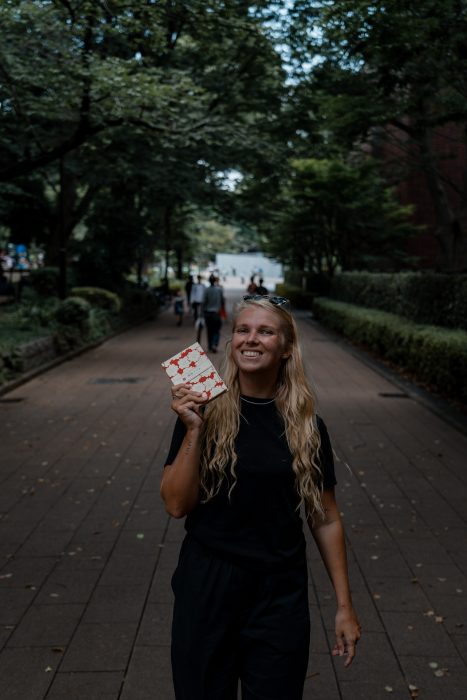
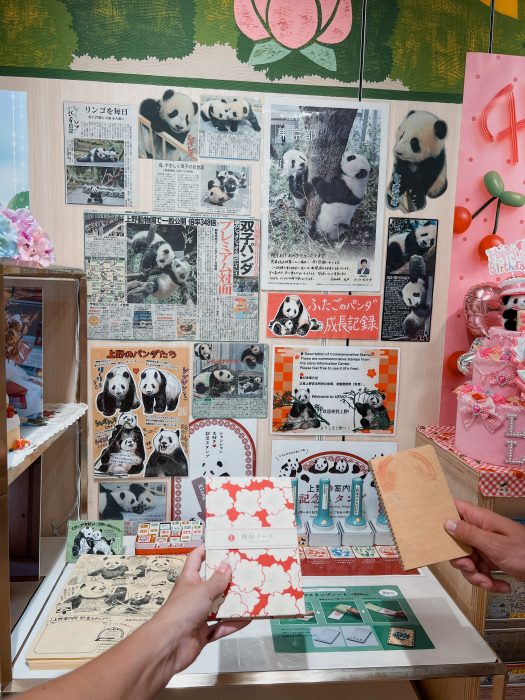
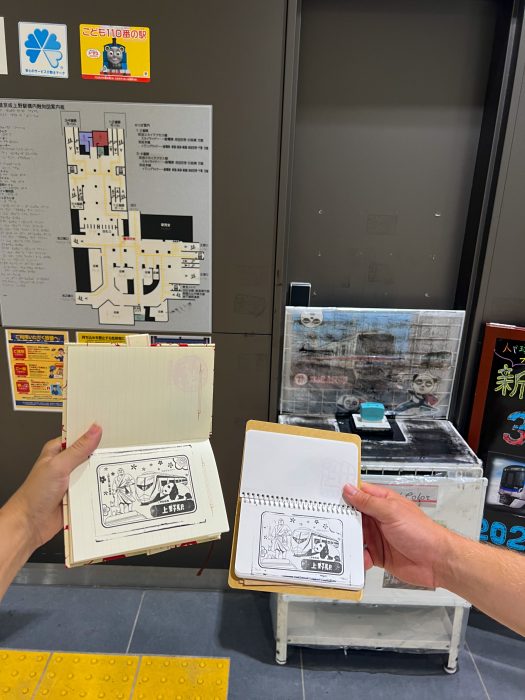
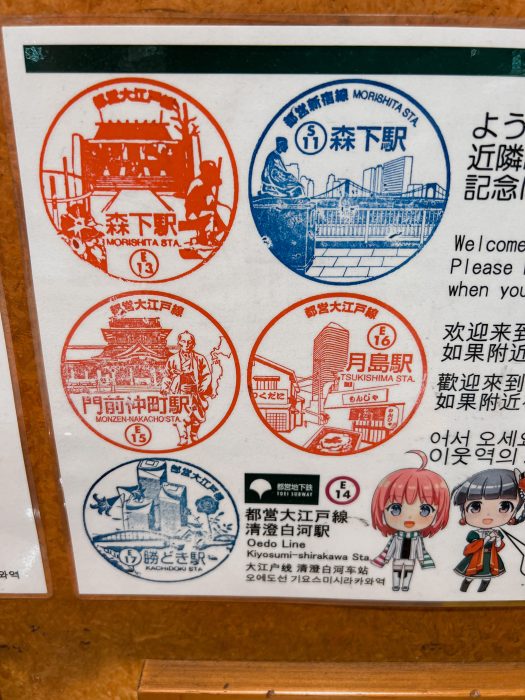
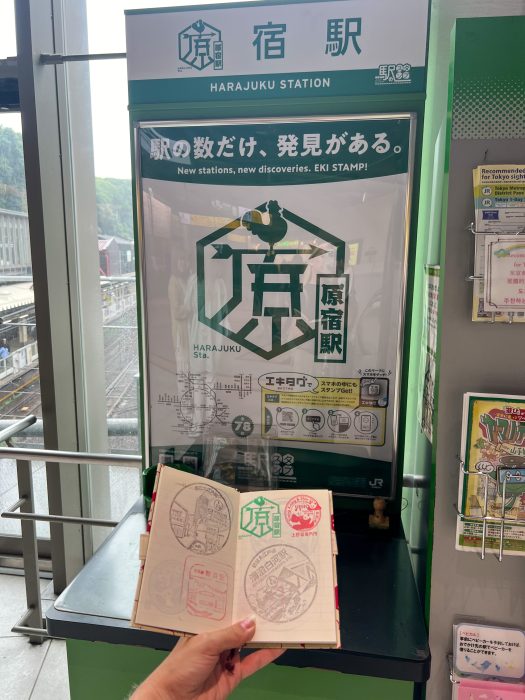
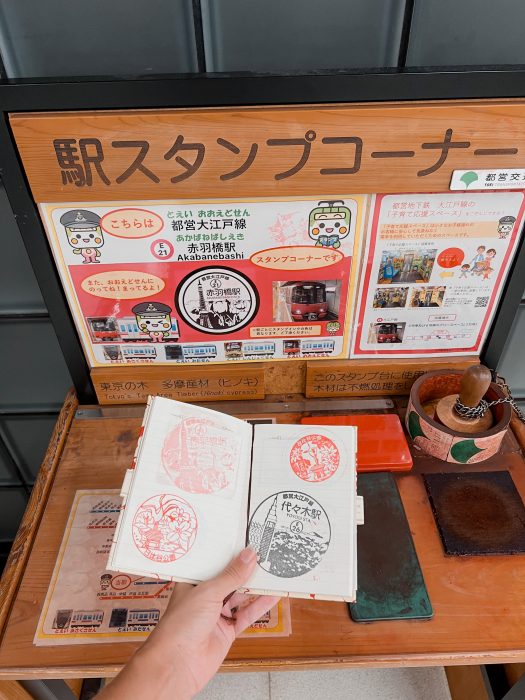
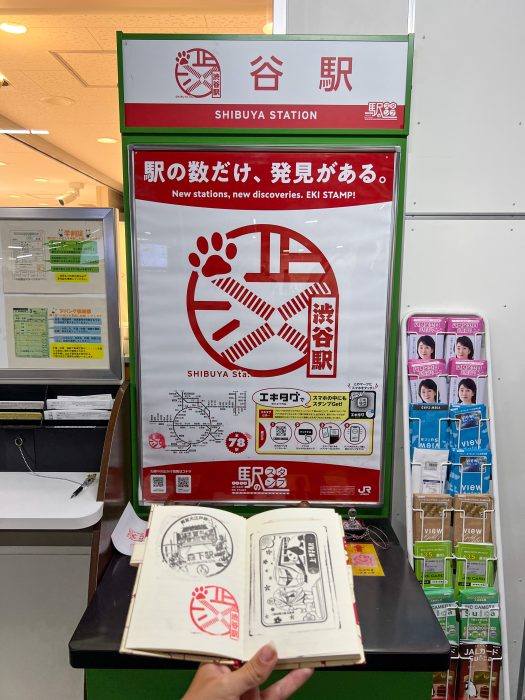
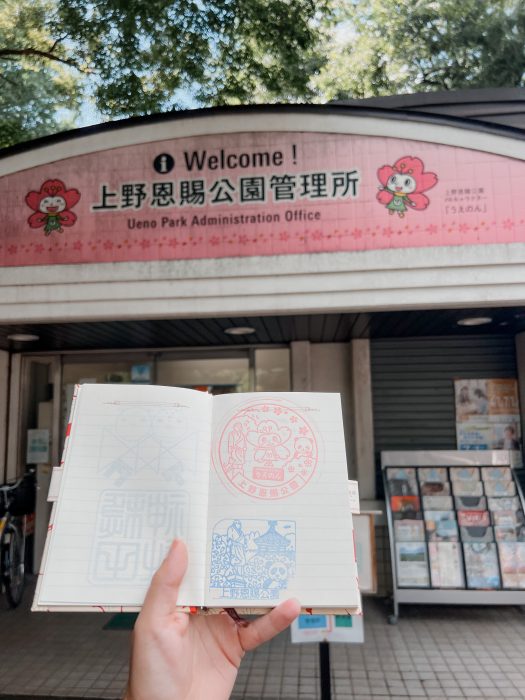
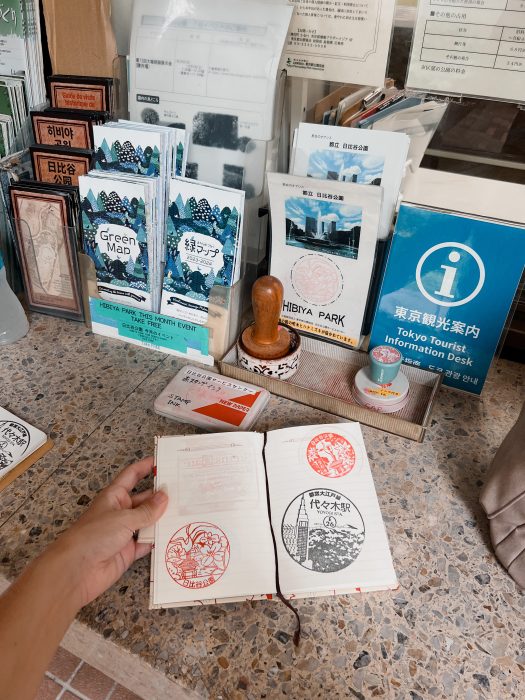
Goshuin books
Goshuin books, or 御朱印帳 (goshuin-chō) in Japanese, are special notebooks used to collect goshuin, which are stamps and calligraphic inscriptions received at Shinto shrines and Buddhist temples across Japan. This tradition provides a meaningful way to commemorate your visits to these sacred sites while engaging with Japanese cultural and spiritual practices. Each stamp typically includes the name of the shrine or temple, the date of the visit, and a unique, artistic design specific to that location. Collecting goshuin is both a spiritual practice and a way to create a personalized travelogue.
How to Obtain Goshuin
- Visit Shrines and Temples: Goshuin can be obtained at various Shinto shrines and Buddhist temples throughout Japan. When you visit, look for a goshuin office or a designated area where you can request a stamp.
- Purchase a Goshuin Book: You can buy a goshuin book at most temples and shrines, or at specialty stores. The books come in various designs, from traditional to modern, and are often adorned with decorative elements. THIS CANNOT BE THE SAME BOOK AS YOUR EKI STAMP BOOK!!
- Request the Goshuin: Present your goshuin book to the temple or shrine staff, who will stamp and write in the book. Each entry is typically accompanied by a short inscription in calligraphy, along with the date of your visit.
- Respect the Tradition: Follow the etiquette when requesting a goshuin. Ensure that your book is handled respectfully, as it holds spiritual significance.
- These are not free. They generally come with a fee of 300-600 Yen per inscription.
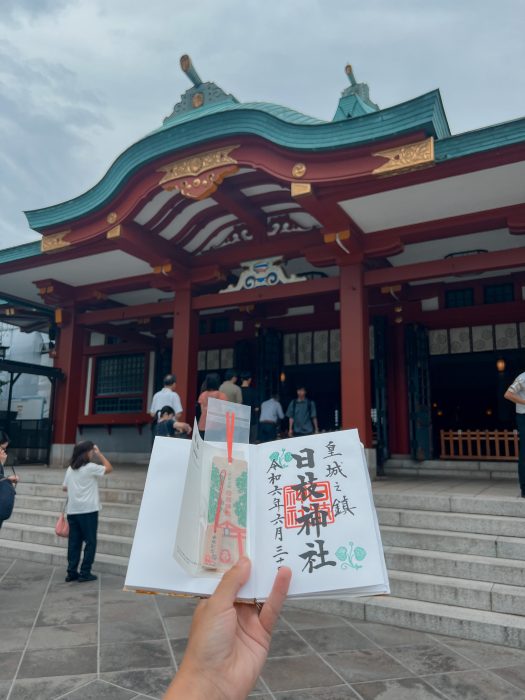

Eki Stamps vs. Goshuin Books: A Guide to Japan’s Unique Collectible Traditions
Tokyo Disneyland and DisneySea
Tokyo Disneyland and Tokyo DisneySea are two of the most enchanting and popular theme parks in Japan. Located in Urayasu, Chiba, just outside of Tokyo, these parks offer a magical experience with unique attractions, captivating shows, and immersive environments. Whether you’re a Disney aficionado or a first-time visitor, here’s a comprehensive guide to help you navigate and enjoy these iconic destinations.
Tokyo Disneyland, the first Disney park to open outside of the United States, is renowned for its classic Disney charm. Opened in 1983, the park offers a whimsical experience with its classic attractions, beloved characters, and nostalgic atmosphere.
Disneyland Tokyo: Discover the Magic of Essential Attractions, Tips, and Visitor Guide
Tokyo DisneySea, which opened in 2001, is unique to Japan and offers a more adventurous and nautical-themed experience. It’s known for its elaborate and immersive environments inspired by oceanic exploration and global ports. The newest themed area addition Fantasy Springs is a must visit! Described as the park’s eighth “port of call”, the area takes the theme of ‘a magical spring that leads to a world of Disney fantasy’ and comprises three distinct areas recreating the worlds of the Disney films Peter Pan, Frozen and Tangled.

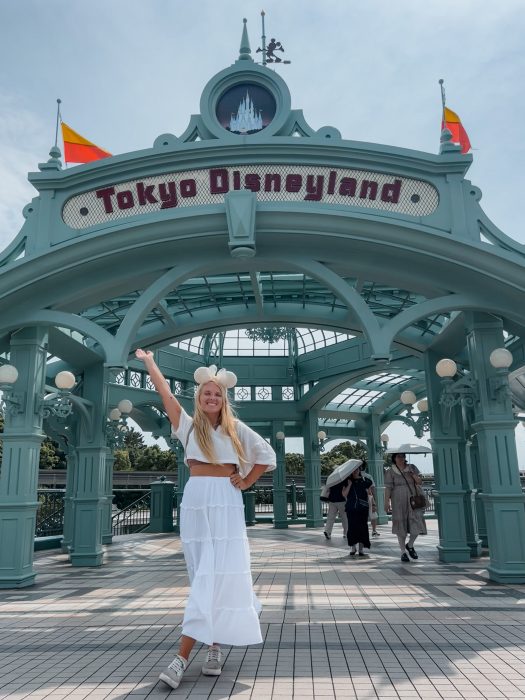


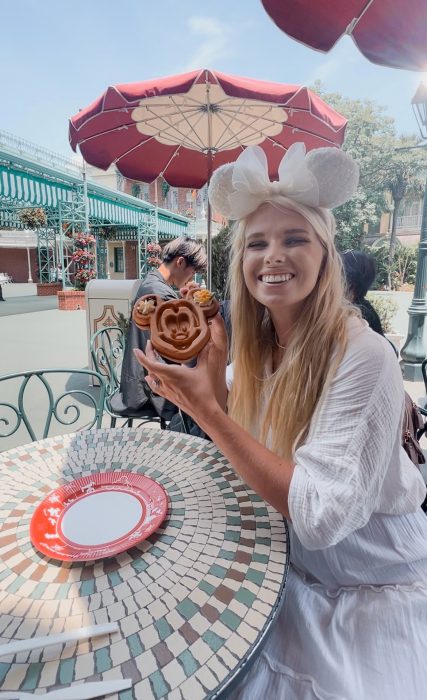
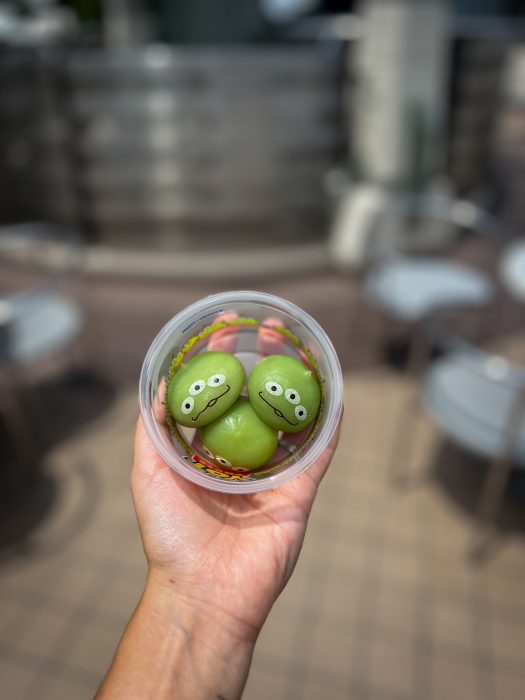
Mi Pig Cafe
Mi Pig Cafe in Tokyo is a charming and unique destination for anyone who adores pigs. Located in the heart of Tokyo, this delightful cafe offers a cozy and whimsical atmosphere where guests can enjoy interaction with around 15 micro pigs.
Mipig cafe is the very first cafe in Japan where you can meet micro pigs. You need to book a time slot of either 30 minutes or an hour. They ask you to arrive 15 minutes early to sign in and get ready to enter.
* Ethical animal tourism is of course a top priority for us and therefore we always try to limit our interactions with animals during our travels. While there is some debate between iterations with wild versus domesticated animals, it is still always important to do your research before participating in anything involving animals.
Mipig limits their time slots, have mandatory break periods and have staff who watch the pigs and remove any who seem distressed. There are rules all guest must follow and specify handling instructions given before you may enter.



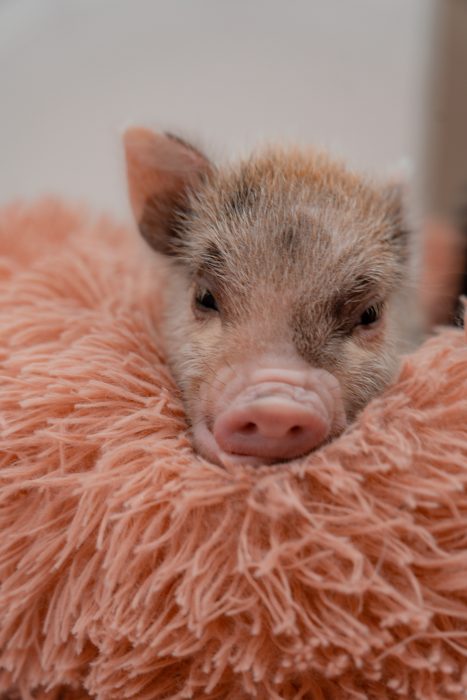
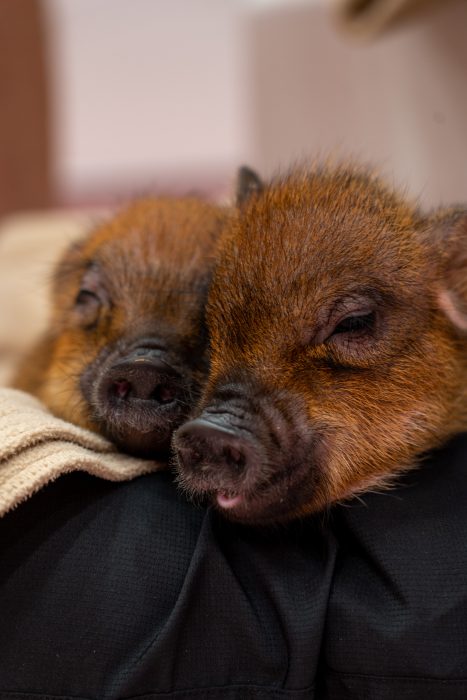

Go Carting Through Tokyo
Mario Kart in Tokyo offers a thrilling and immersive experience for fans of the iconic Nintendo game. This unique attraction allows visitors to race through the streets of Tokyo in go-karts dressed as their favorite Mario Kart characters. It’s an exhilarating way to explore the city while indulging in some high-speed fun.
The go-karts are designed to look like the ones from the game, enhancing the immersive experience. The tours take you through various iconic locations in Tokyo, offering a chance to see the city from a unique perspective. Popular routes include famous areas like Shibuya Crossing, the Asakusa district, and more.
Safety is a top priority, with guides providing instructions on how to operate the karts and ensuring all participants adhere to traffic rules. Helmets and other safety gear are provided to ensure a safe and enjoyable experience.
The tours are guided, with knowledgeable guides leading you through the routes and offering interesting insights about the city. They also help in navigating through the busy streets and ensuring a smooth ride.
Pro Tip: You need to have an international drivers license to be allowed to do this activity.
TeamLabs
TeamLab Tokyo offers an innovative and immersive art experience that blends technology with art in stunning and interactive ways. Located in Tokyo, TeamLab’s exhibitions are renowned for their dynamic, large-scale installations that engage multiple senses and invite visitors to become part of the artwork.
Known for its use of digital technology and artistic imagination, TeamLab Tokyo provides a unique and transformative experience that captivates audiences of all ages. Some of TeamLab’s most popular exhibitions include “Borderless,” an expansive museum with immersive digital art that flows and transforms in response to the visitor’s movements, and “Planets,” a multi-sensory journey through otherworldly environments.
Need More Travel Tips?
💳 WANT TO TRAVEL FOR FREE?
Want to travel for free, simply as a reward for spending money you already had to spend ? I love my Capital One travel card and I think you will too! You get unlimited miles on every purchase with a card that fits your lifestyle. Plus 10x points on hotels and 5x points on flights booked through their travel portal!!! If you ever wanted to travel in luxury, this is the card for you. Check out our referral link!
🧳 NEED TRAVEL INSURANCE?
Peace of mind comes when you book travel insurance. You do not need to worry about flight cancelations, lost luggage, or any illnesses while traveling. Check out the first ever specific Digital Nomad insurance we use here : SafetyWing. ETKA, Vistors Coverage , or Insubuy.
NEED AN eSIM?
Check out our article on the top eSIM Providers for Digital nomads and world travelers:
Top eSIM Providers for Digital Nomads: Streamlining Connectivity While Traveling
NEED a Rental Car?
Check out the best options for renting a car for your trip to give you more freedom and flexibility while you travel ! Check out Rent A Car here.
Want Lounge Access when Flying?
If you want access to over 1,500 lounges in 600 locations then you need to check out Priority Pass!
Happy travels xx
Like it? Pin it!



Follow our adventures on social!
Copyright Notice: All material on this travel blog site is the sole property of Travel Munchers. This includes blog posts, pages, design and all photos (whether watermarked or not). Any use of materials from this site without express written consent will be considered copyright infringement.





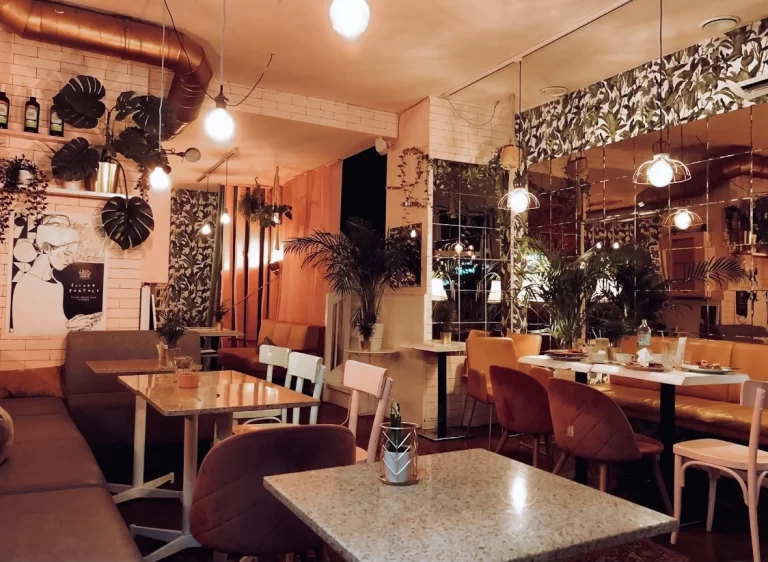



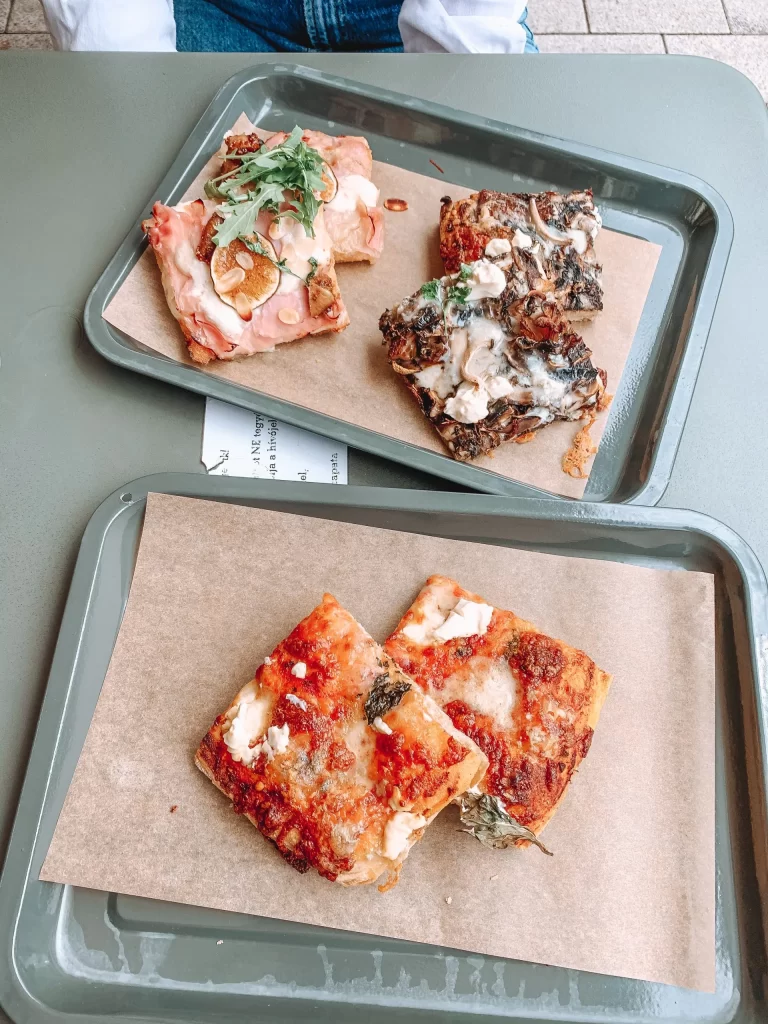
Thank you for sharing my recommendations, so glad you enjoyed them !